-
Ukraine hits Russian air bases again! The immediate aftermath | Front Line with @StarskyUA
-
Ex-Ukrainian military official suspected of $290,000 in illicit enrichment
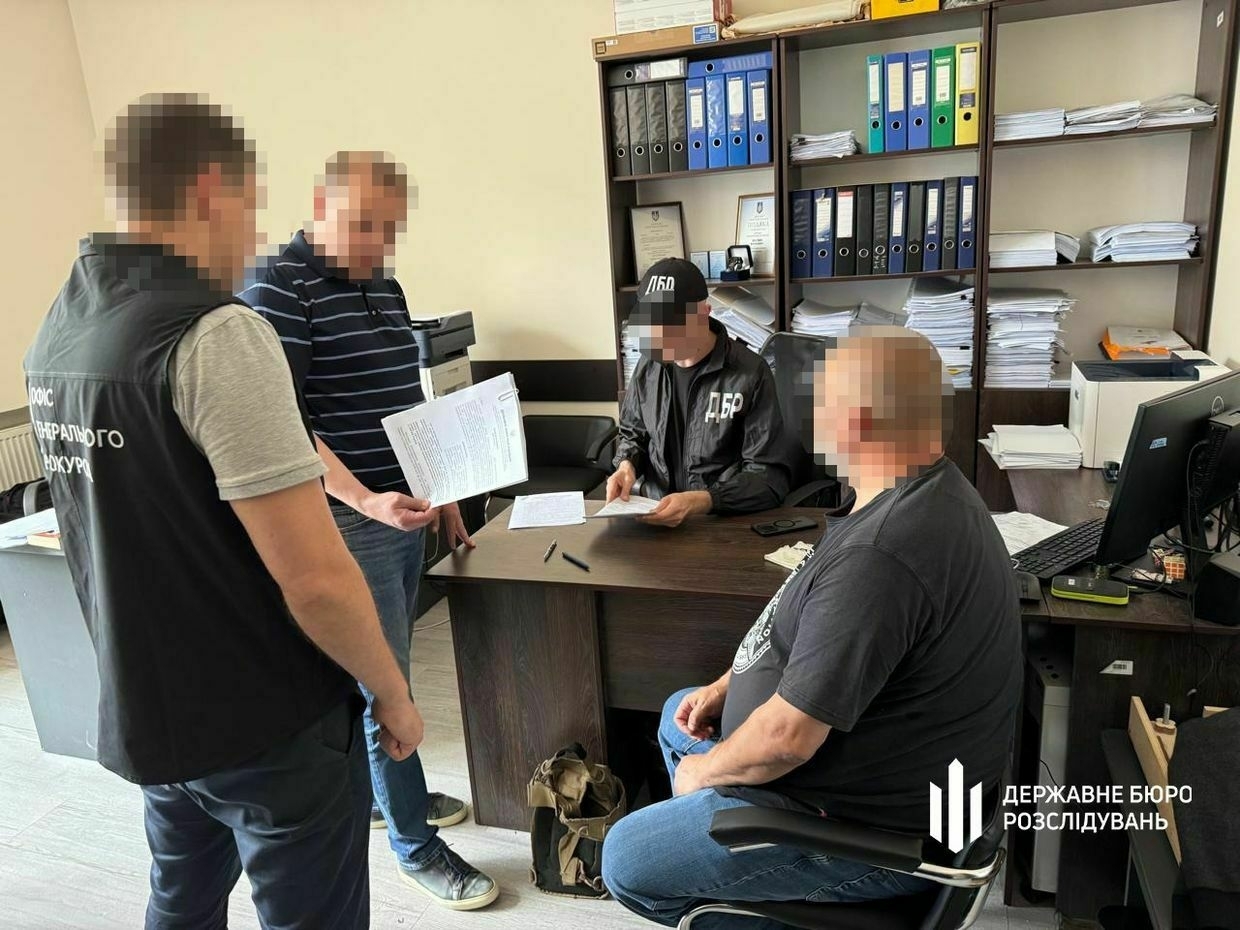
A former head of one of the key departments in the Logistics Forces of Ukraine’s Armed Forces is suspected of illicit enrichment worth Hr 12 million ($290,000) and illegal possession of weapons, the State Investigation Bureau (DBR) and the National Agency on Corruption Prevention announced on June 9.
Ukraine’s military has seen several corruption scandals since the start of Russia’s full-scale war, related to illicit enrichment, money laundering, bribery, and misconduct of the command.
The agencies did not disclose the suspect’s name, who faces up to 10 years in prison if convicted.
During 2023-2024, the ex-head of the department purchased 14 land plots in Kyiv Oblast, an apartment, a Toyota Tundra, a Skoda Octavia, a Hyundai Tucson, and domestic government bonds issued by Ukraine’s Finance Ministry, according to the National Agency on Corruption Prevention.
Meanwhile, the suspect and his family had no financial means to purchase these assets, the agency’s statement reads.
While searching the suspect’s house, law enforcement officers also found weapons and ammunition stored illegally.
The preventative measures for the suspect are now being considered.
Ukraine’s Logistics Forces, established in 2018, are in charge of providing supplies and technical maintenance for the Ukrainian troops on the front line. This branch of the armed forces is also responsible for adapting the Ukrainian army to NATO standards, particularly in the field of logistics.
Exclusive: Ukraine could face 500+ Russian drones a night as Kremlin builds new launch sitesRussia will soon be able to deploy more than 500 long-range drones a night to attack Ukraine as it ramps up production and builds new launch sites for them, a source in Ukraine’s military intelligence (HUR) has told the Kyiv Independent. According to the source, Russia’s production rate for oneThe Kyiv IndependentKollen Post
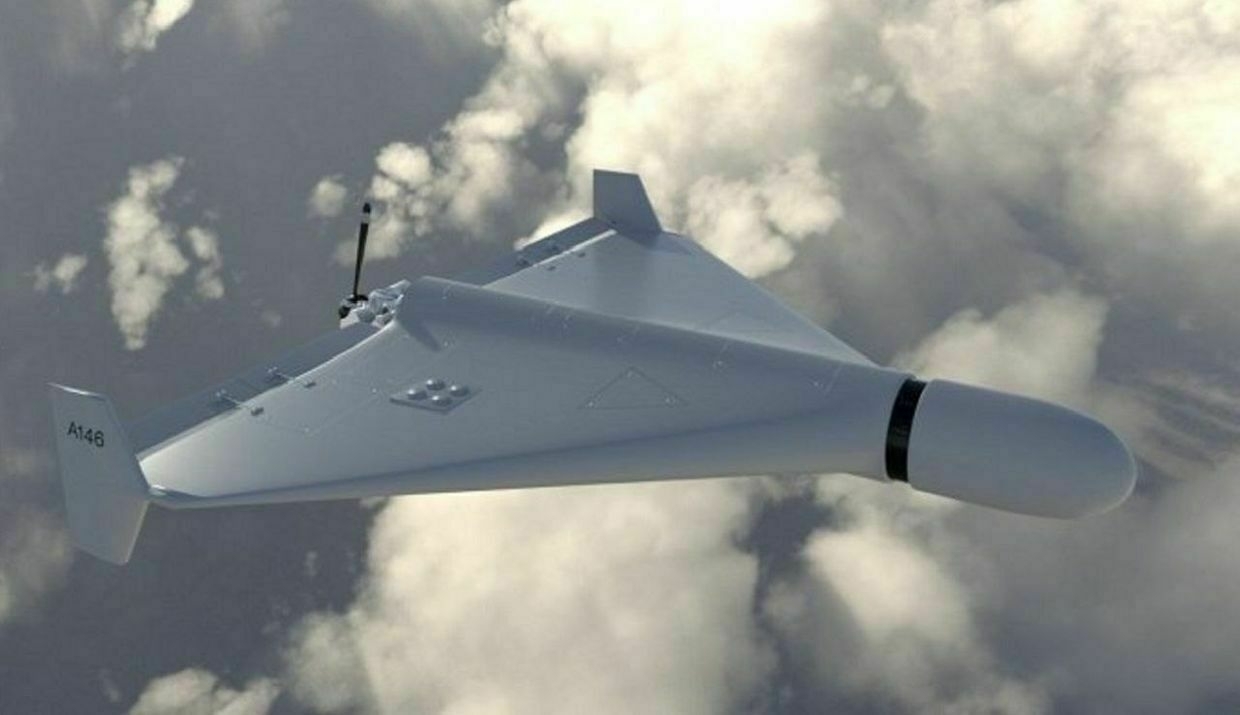
-
Key to Russia’s potential defeat lies in its economy
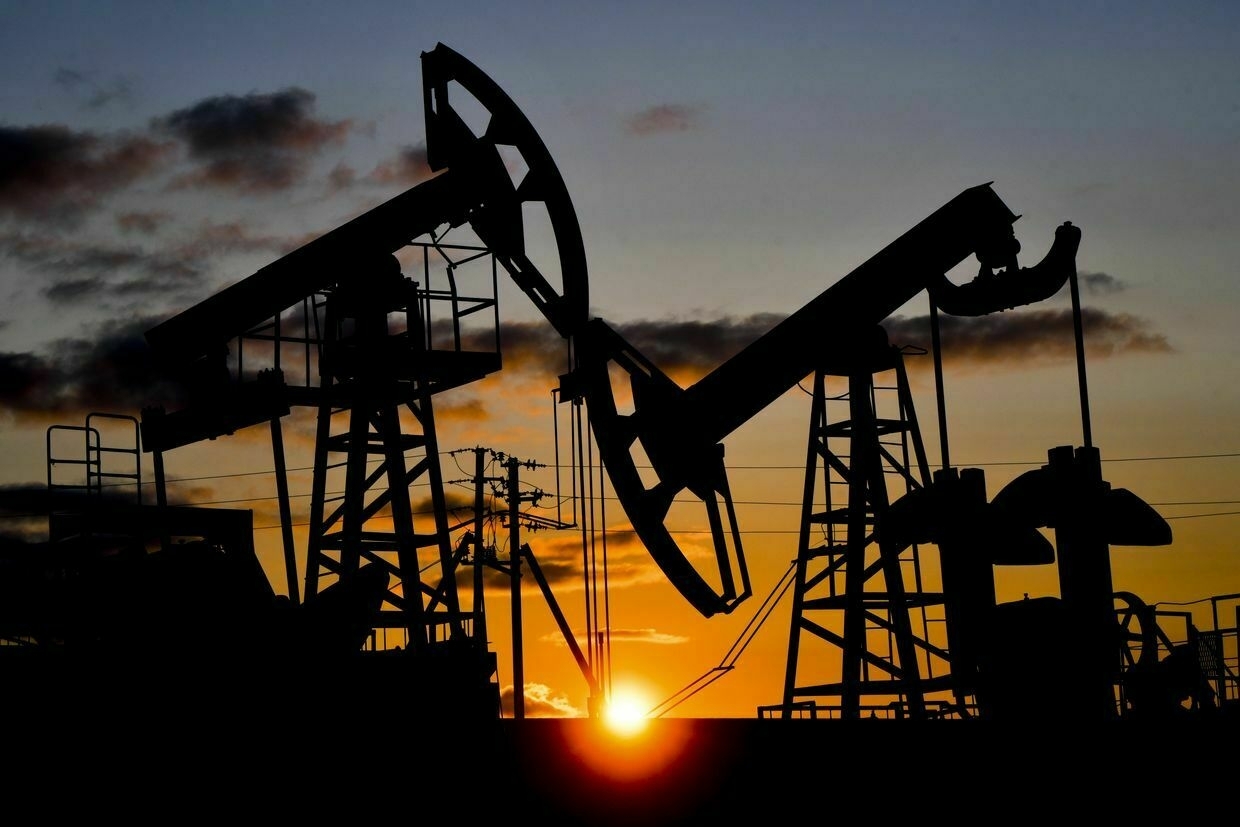
As the war in Ukraine grinds on, attention remains fixed on the battlefield. But Russia’s most vulnerable flank is not in the trenches — it’s in the treasury. The West, and especially the United States, holds economic levers that could push Vladimir Putin toward serious negotiations or even collapse his ability to sustain the war altogether.
Recent developments signal a shift in Washington’s posture. Military aid to Ukraine has resumed, and a landmark U.S.-Ukraine resource agreement was signed on April 30.
More significantly, senators — led by Republican Lindsey Graham — are advocating sanctions that would impose 500% tariffs on Russian oil and commodity exports. Moscow has reacted with alarm, calling this initiative a “counteroffensive from the American deep state.” It’s no bluff. The Kremlin is right to be worried.
What truly threatens Putin’s war machine is energy revenue — or rather, the loss of it. The Russian economy is deeply dependent on oil and gas exports, with the 2025 federal budget based on an oil price of $70 per barrel. But Russian Urals crude is now priced around $60, and could fall further. Saudi Arabia, frustrated by non-compliance within OPEC+, is allowing oil prices to drop, potentially triggering a price war. Riyadh has openly stated it can withstand a prolonged period of low prices — a veiled threat aimed at Moscow and other OPEC+ defectors.
Exclusive: Russia’s ballistic missile production up at least 66% over past year, according to Ukrainian intel figuresRussia’s production of ballistic missiles has increased by at least 66% over the past year, according to data from Ukraine’s military intelligence (HUR) shared with the Kyiv Independent. According to data obtained by HUR, Moscow is now producing 60 to 70 Iskander-M — the ballistic version of the missile — and 10The Kyiv IndependentKollen Post
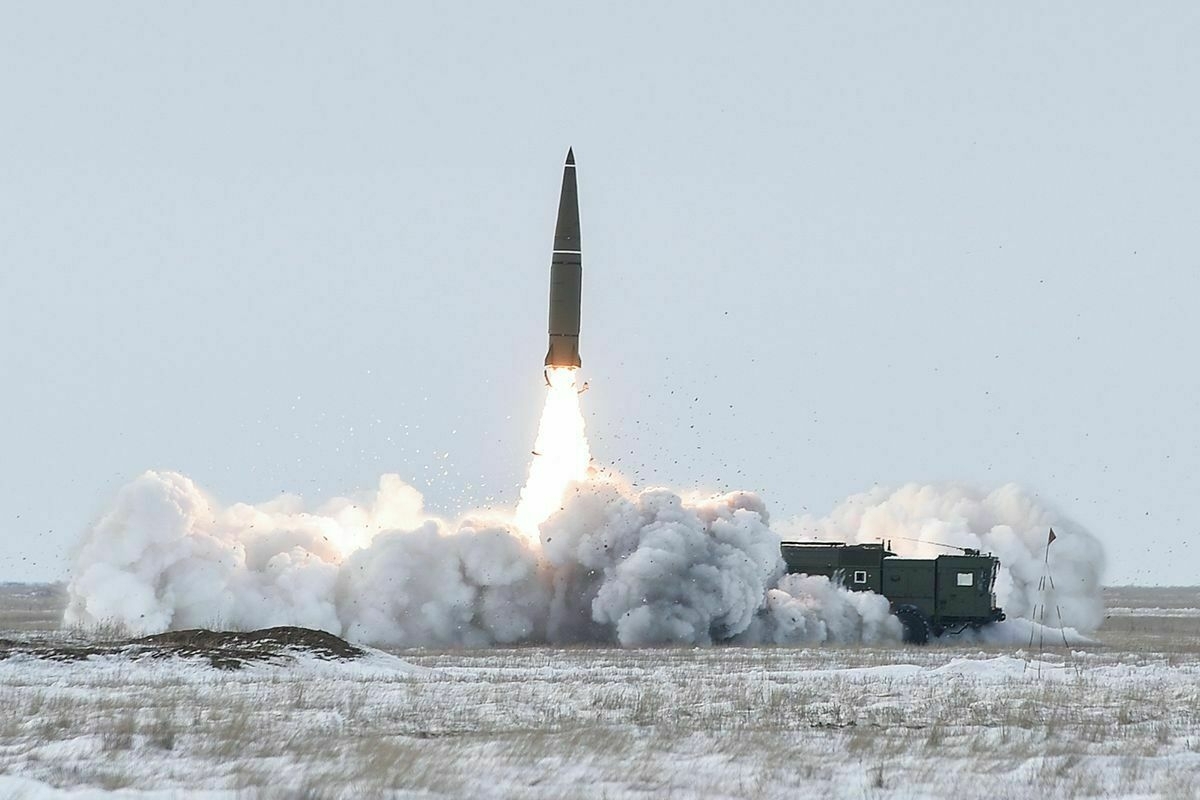
The effects are already visible. Russia has slashed its oil revenue forecast for 2025 by 24%, with the Finance Ministry predicting a drop from 11 trillion to 8.3 trillion rubles. The country’s oil production could decline by up to 50% by 2030, largely because newer reserves are technically difficult and capital-intensive to extract. That’s why Moscow is quietly seeking Western — specifically U.S. — expertise to develop these fields. A coordinated, firm sanctions regime from Washington and Brussels could shut that door completely.
Simultaneously, the U.S. and Saudi Arabia are deepening their energy partnership, particularly in liquefied natural gas (LNG). Saudi Aramco has reportedly signed memoranda of understanding with American LNG exporters like NextDecade and Sempra. The latter already holds a major supply contract with Poland’s Orlen, and the U.S. is now poised to become a key alternative gas supplier to Central and Eastern Europe. These investments will expand global LNG capacity and bring prices closer to the U.S. Henry Hub benchmark — lowering Europe’s dependence on Russian gas.
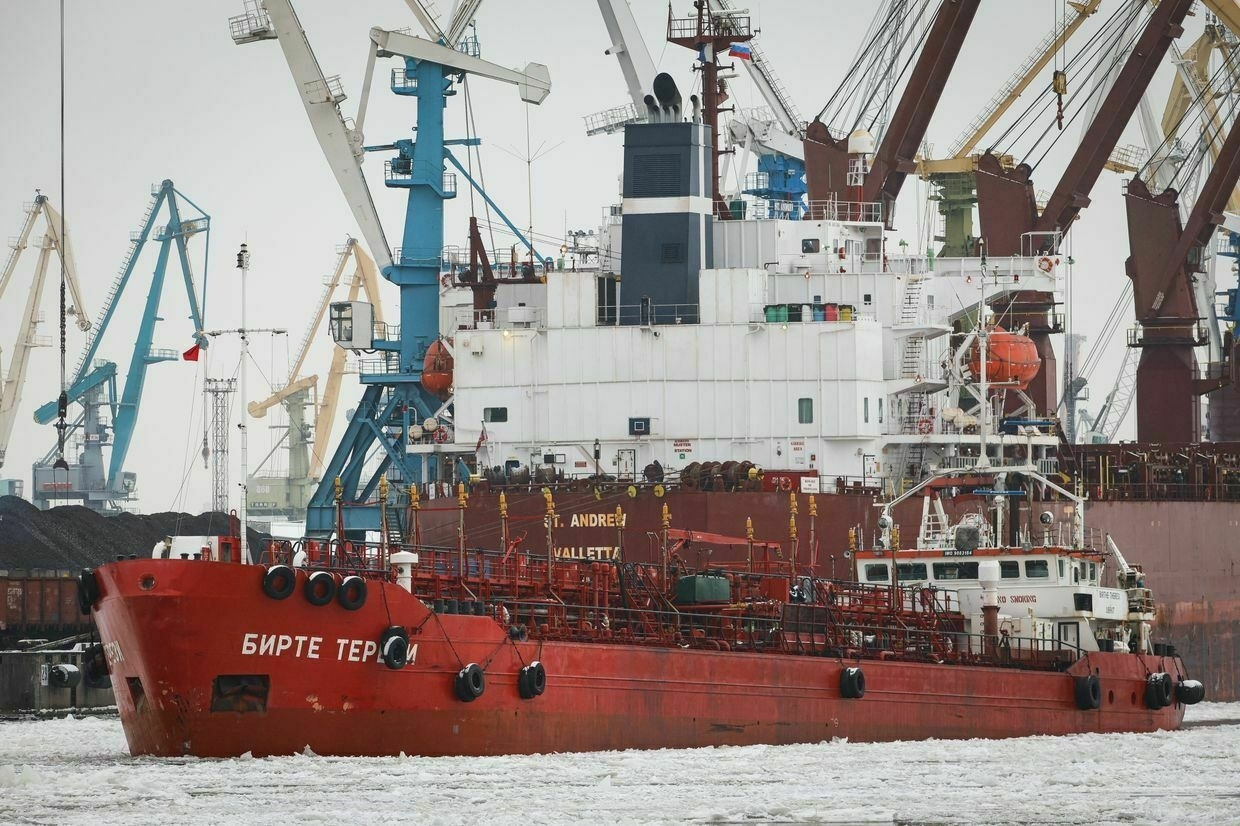
The oil and chemical tanker Birthe Theresi sails along the Sea Canal of the Big Port in St. Petersburg, Russia, on Feb. 12, 2025. (Artem Priakhin / SOPA Images / LightRocket via Getty Images) Poland and Ukraine are moving to capitalize on this trend.
Warsaw has announced plans for a second floating LNG terminal, which could eventually supply Slovakia and Hungary — two nations historically reliant on Russian gas. Ukraine, meanwhile, is gaining investor interest now that the U.S. has committed to a joint Reconstruction and Investment Fund, funded through future resource extraction projects. For the first time since the full-scale invasion began, Western business sees a path forward in Ukraine’s energy sector.
The implications for Russia are grave. Military spending has ballooned to 6.3% of GDP — its highest level since the Cold War — while the budget deficit continues to rise. To fund its war, the Kremlin is raiding reserves, raising taxes, and cutting social programs. Absent war spending, Russia might already be in recession. The regime increasingly relies on military conflict to justify domestic hardship and consolidate power.
Inside Russia, calls for peace come with conditions — and Kremlin talking pointsFollowing the second round of direct peace talks with Ukraine, the Russian side leaked its proposal on how to end its war — effectively a demand for Ukraine’s surrender. Yet, if the intentions of the Kremlin are no secret — continue the war until a political or military victory — getting information onThe Kyiv IndependentOleg Sukhov
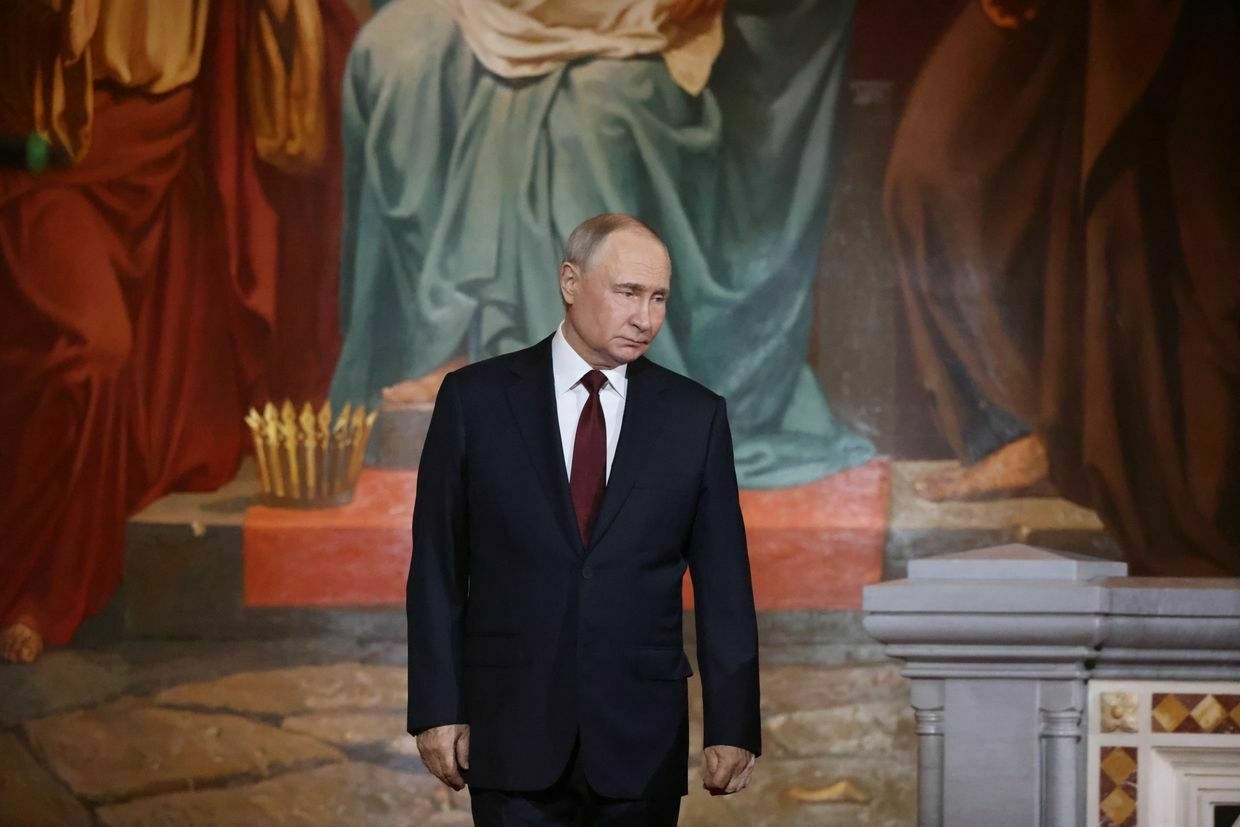
But the geopolitical landscape is shifting. The combination of low oil prices, expanding LNG competition, and targeted U.S. sanctions could inflict sustained economic damage on Russia without risking American or European lives. Energy diplomacy, not just weaponry, could determine the outcome of this war.
The next steps are critical. The White House must maintain pressure — not just by providing Ukraine with military aid, but by deepening its energy cooperation with allies and enforcing robust sanctions. The message to Moscow should be clear: the price of continuing the war will be economic asphyxiation.
If the United States can coordinate its economic tools with allies in Europe and the Middle East, Russia may find itself unable to afford the very war it insists on waging.
Editor’s Note: The opinions expressed in the op-ed section are those of the authors and do not necessarily reflect the views of the Kyiv Independent.
-
Ukraine strikes key Russian military and industrial targets
In the early hours of June 9, Russia faced a significant blow with enemy aviation among the targeted assets. The aircraft were stationed at an airfield where carriers of Kinzhal missiles regularly take off for strikes on Ukraine, according to the General Staff of the Armed Forces of Ukraine. The attack was carried out by units of the Ukrainian Armed Forces' Special Operations Forces in collaboration with other components of the Defense Forces. The target was the Savasleyka airfield, located in Russia's Nizhny Novgorod region.
"The Russian aggressor uses this air base for strikes on Ukraine's territory. Specifically, MiG-31K fighters, which are carriers of the hypersonic Kinzhal missiles, regularly take off from this military site," the command emphasized. Preliminary reports indicate that two enemy aircraft were hit in the attack. Possibly, MiG-31 and Su-30/34 planes were impacted. The General Staff added that they are clarifying the combat work results and promised "more to come." Meanwhile, Russia’s Defense Ministry claimed that Russian air defenses supposedly intercepted and destroyed 13 drones over the Nizhny Novgorod region overnight.
Also, overnight on June 9, drones attacked the "VNIIR-Progress" plant in Cheboksary. The Ukrainian General Staff confirmed the strike on the Russian defense industry facility, noting that at least two UAVs hit the target, leading to a "massive fire." OlegNikolaev, the head of the Chuvash Republic, announced a halt in operations at the plant.
-
Exiled Russian scholar on why Dugin is no philosopher, and Russia no defender of ‘traditional values’
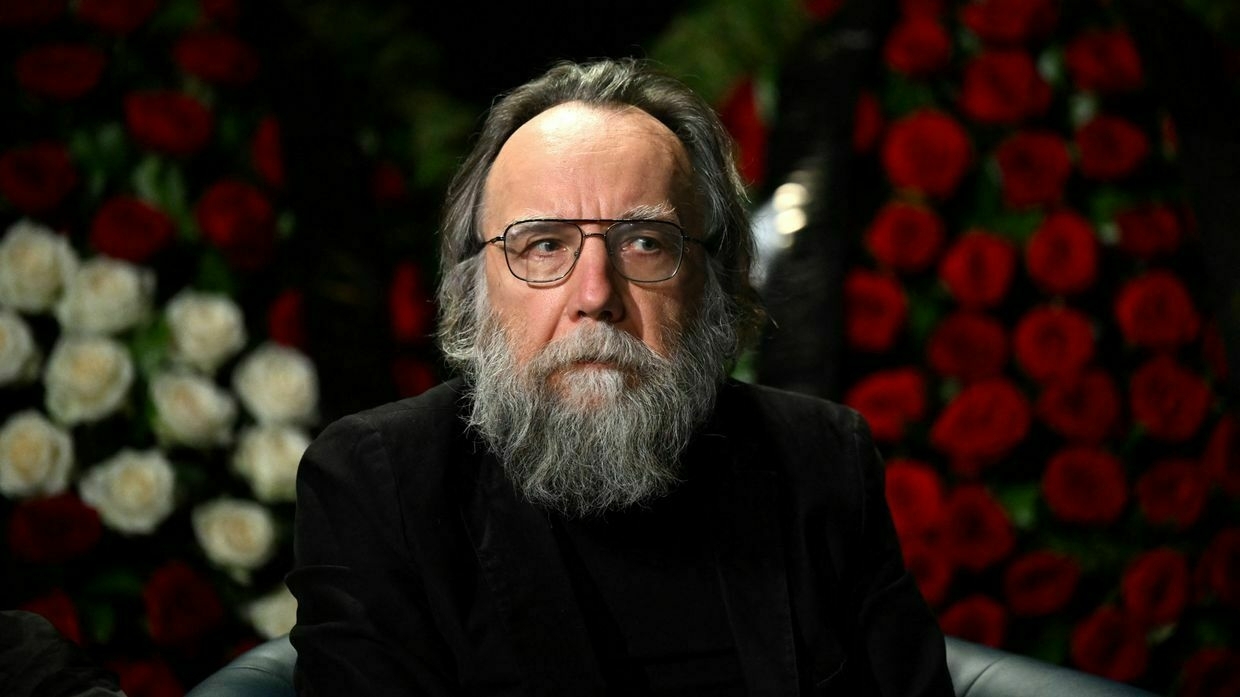
In recent years, the Kremlin has sought to cast Russia as a bastion of so-called traditional values, positioning itself in stark contrast to what it describes as the morally decaying West. Yet beneath this veneer, a more complex reality persists. As exiled Russian philosopher Alexey Zhavoronkov told the Kyiv Independent, “conservative rhetoric and concepts are employed to mask a different reality.”
Within the framework of traditional conservative thought, personal liberty is regarded as a foundational principle. But in today’s Russia, such freedom is markedly absent.
As Zhavoronkov observes, those advancing the narrative of a “conservative” Russia frequently do so less out of ideological conviction than opportunism — aligning themselves with the Kremlin to serve as de facto spokespeople for President Vladimir Putin’s regime while also enriching themselves.
Among those frequently cited as intellectual architects of the Kremlin’s “traditional values” worldview is Alexander Dugin, referred to in Western media as “Putin’s brain” — a title that belies the ambiguous and likely overstated nature of his actual influence.
Dugin, who has openly called for the genocide of Ukrainians and maintains a network aimed at exporting his ideology far and wide abroad, presents himself as a philosopher. But as exiled Zhavoronkov explained to the Kyiv Independent, Dugin’s work is marred by intellectual incoherence and lacks the philosophical depth required for serious consideration.
This interview has been edited for length and clarity.
The Kyiv Independent: Some right-wing contingents in the West claim that Russia is a last holdout for “traditional values.” Could you go into more detail about the image that Russia is trying to project versus what is really happening there?
Alexey Zhavoronkov: This concept of “traditional values” — and by that I mean the political use of the concept of traditional values — is very illustrative because there are hundreds of its interpretations in different documents and publications. If we look at official documents like Russian national development strategies, which offer lists of specific “traditional values,” most of these values are not strictly conservative. We see notions like individual freedom, or we see something more associated with the philosophy of enlightenment (like the idea of human dignity) — meaning that traditional values are more along the lines of liberal thought. There are also certain concepts, such as collectivism, that were carried over from the Soviet period.
Conservative values mentioned in Russian official documents are mostly centered around ‘traditional family’ — beyond that, there isn’t much. This serves as a good example of how conservative rhetoric and concepts — sometimes even borrowed from Western traditions, which are officially condemned in Russia — are employed to mask a different reality.
If we look at the conservative tradition in the U.S. and compare it to the Russian tradition, the differences are striking — they’re two entirely different worlds.
The Kyiv Independent: How so?
Alexey Zhavoronkov: The differences exist on many levels, including political practice. But if we start with the theoretical side, the Anglo-American conservative tradition has a long and deep history. It doesn’t begin as a reaction to the French Revolution (in the 18th century), but rather can be traced back to 15th- and 16th-century England. There’s a lot to examine when analyzing this tradition.
There was no major rupture in the American conservative tradition after World War II. In contrast, the Bolshevik Revolution (in 1917) in Russia effectively severed the continuity of the country’s conservative tradition. In the U.S., there have certainly been political crises within the conservative movement, but the development of the tradition was never interrupted. Moreover, in the U.S., after World War II, much of the conservative movement was defined by anti-communism. Overall, if we look at major themes and the political policies associated with them, there’s very little overlap between the Russian and American traditions.
Russia sees itself as having a unique role in the world — it believes it should save the world, but it will save it by means of destruction.
The Russian tradition faced multiple issues that differentiated it from the American tradition — which itself had internal problems, such as the split between neoconservatives and paleoconservatives since the 1970s. I’ll return to that later, because I think there are some similarities between American and Russian neoconservatives, though only at the level of the international political agenda.
As I mentioned, in Russia, we see a major interruption in the conservative tradition. There was certainly a conservative tradition before the revolution, though by the end of the 19th century, it was already in decline. It’s also quite telling that as soon as the Russian (imperial) government, under Emperor Alexander III, officially adopted conservative rhetoric, conservatism as an intellectual movement practically disappeared. The government wasn’t interested in serious programmatic works; it only needed slogans, which were mostly supplied by the official press.
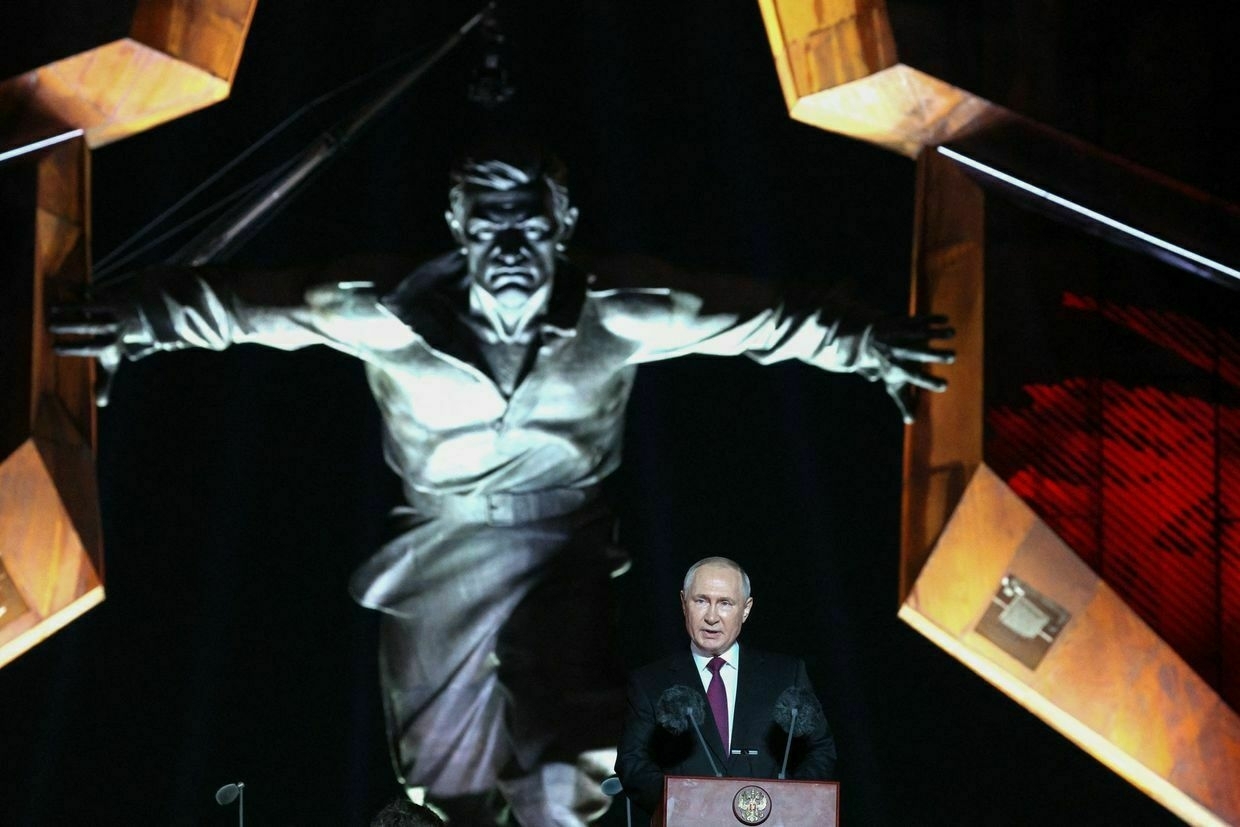
Russian President Vladimir Putin addresses the audience in Kursk, Russia, on Aug. 23, 2023. (Gavriil Grigorov/Pool/AFP via Getty Images) 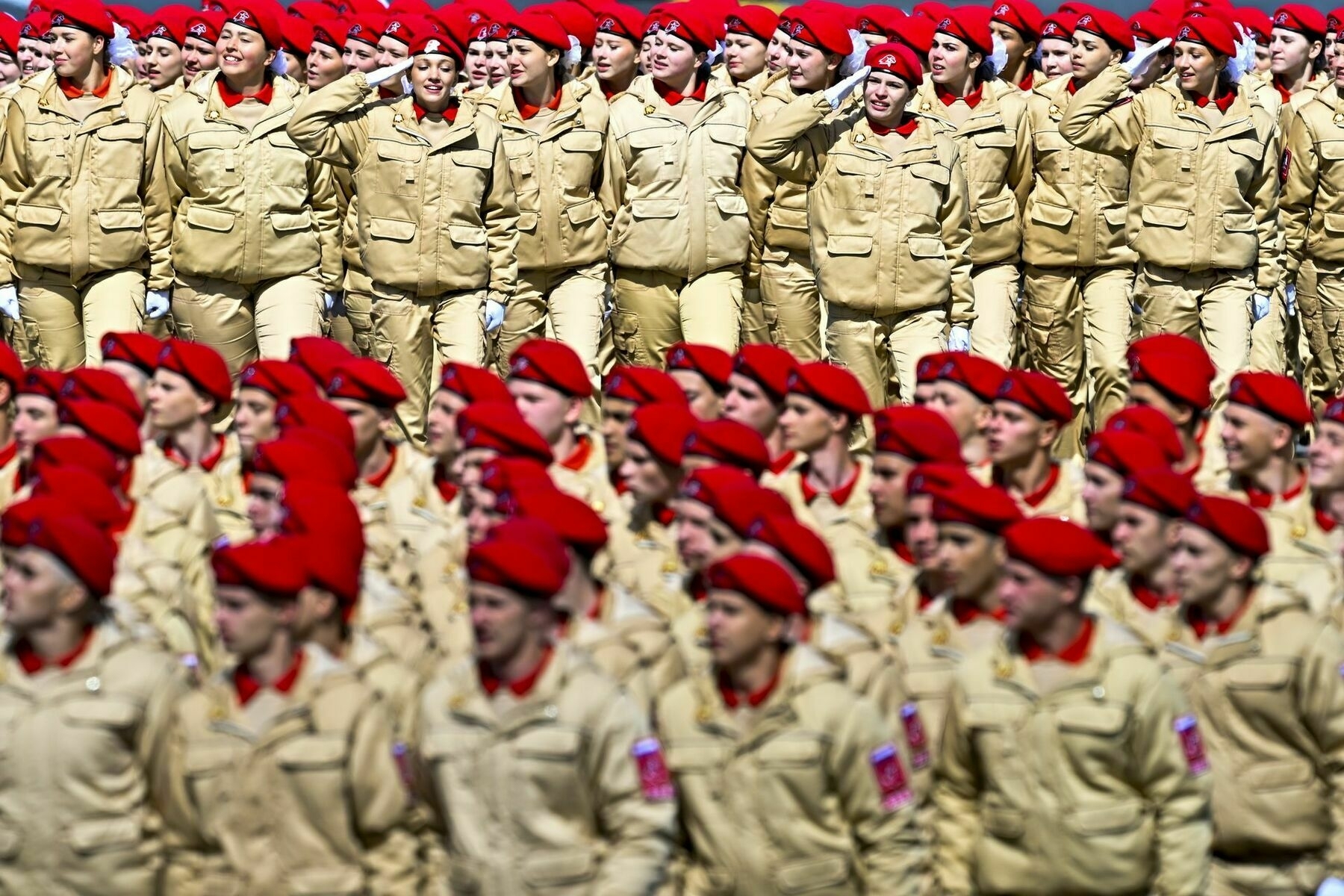
Young Army Cadets National Movement members march toward Red Square during the 80th anniversary celebrations of Victory Day in Moscow, Russia, on May 9, 2025. (Sefa Karacan/Anadolu via Getty Images) There were a plethora of newspapers and some journals that labeled themselves as conservative, but there were virtually no intellectual platforms for Russian conservatives. The golden era of Russian conservatism — associated with the Slavophile movement in the mid-19th century — was already long gone. It wasn’t revived later under Emperor Nicholas II, and then came the revolution. After that, there were only limited attempts to revitalize the conservative tradition during the Soviet period, by figures like Alexander Solzhenitsyn, for instance. There were also some more radical conservative, mostly Orthodox, movements during the Soviet period. But aside from a few collections of essays and Solzhenitsyn’s publications, there were no major works that could be considered significant intellectual manifestos. So we are left to piece together fragments from various texts — texts that are neither philosophical in nature nor structured as political programs.
I think the last truly meaningful intellectual exchange between Russian conservatives and Russian liberals was the debate between Solzhenitsyn and Andrei Sakharov in the 1970s and 1980s. Both of them had clearly defined (but incompatible) visions of Russia’s future.
Many aspects of that debate are either no longer relevant or problematic, such as Solzhenitsyn’s idea of the nation. But still, it was a genuine (direct and indirect) debate that highlighted fundamental differences in how each thinker envisioned Russia’s path forward over the coming century.
The Kyiv Independent: Why do you think the Russian government following the USSR’s collapse, chose the path of neoconservatism?
Alexey Zhavoronkov: I think if we return to the issue of tradition, it’s clear that there has been a break in its continuity. Contrary to what the Russian government suggests, this tradition has not been restored. Instead, the government is attempting something similar to what American anti-traditionalist neoconservatives aimed to do starting in the 1980s — namely, to formulate a global political agenda based primarily on the country's national interests rather than on international agreements and rules. These national interests are used to justify what I would describe as aggressive, even imperialist, policies aimed at establishing or maintaining dominance in various regions of the world.
Of course, the economic weight of a country like the U.S. is incomparably greater than that of Russia. Russia represents only a small fraction of the global economy and is now largely isolated from many international markets. Therefore, the Russian government had to come up with a different kind of justification for its imperial ambitions.
This justification has taken on a radical Orthodox form. This is where figures like Alexander Dugin come into play, along with many other ideologists who popularized the concept of “Katechon” — which has become one of the key notions in Russian politics today.
The Kyiv Independent: Could you explain what that is?
Alexey Zhavoronkov: This concept enforces the idea that Russia is the world’s sole and last protector against the Antichrist. Instead of American political and economic exceptionalism, which is manifested in (U.S. President Donald) Trump’s policies, Russia has its own form of exceptionalism, but with different pillars supporting the ideology. For the U.S., the pillar is economic dominance, as seen in Trump’s obsession with tariffs. For Russia, the pillar is spiritual or radical Orthodoxy, which contains strong elements of messianism. Russia sees itself as having a unique role in the world — it believes it should save the world, but it will save it by means of destruction. And to protect the world, Russia must be in a constant state of war with those who worship the Antichrist, namely with the ‘Collective West.’
The so-called ‘Collective West’ is another political concept actively used in Russian politics. The permanent state of war also means a permanent state of exception within Russia, because war serves as a perfect justification for almost any political action. In such a situation, established rules no longer apply. The government can always claim that it’s an exceptional circumstance.
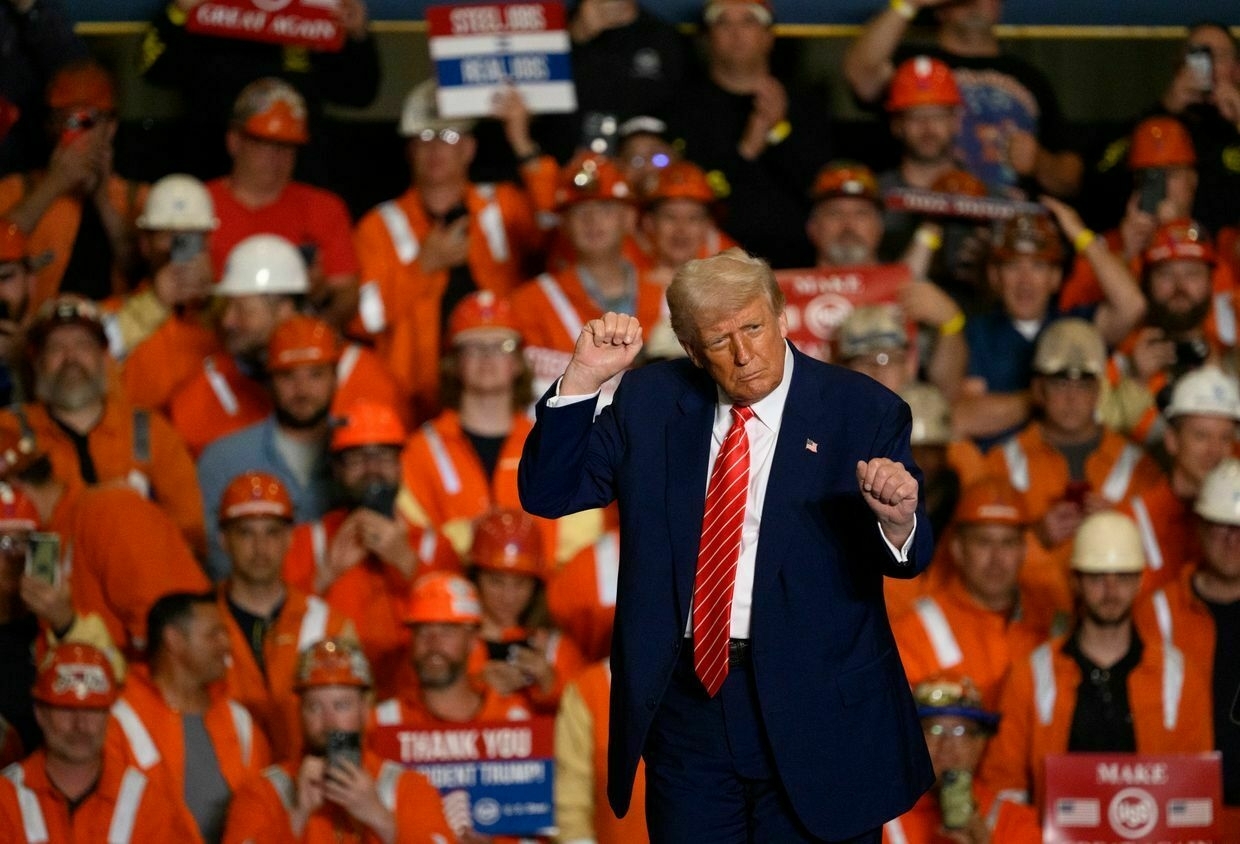
U.S. President Donald Trump speaks during a rally at the U.S. Steel-Irvin Works in West Mifflin, Pennsylvania, U.S. on May 30, 2025, after approving the U.S. Steel–Nippon Steel merger. (Jeff Swensen/Getty Images) The Kyiv Independent: You mentioned Alexander Dugin. Could you just go into who he is and how he came into prominence? In the West, they call him “Putin's brain.” But his connections to Putin are highly debated. Does he have any real influence in Russia or is it just an outward projection?
Alexey Zhavoronkov: Yes, Dugin is a really interesting figure from the perspective of how he's seen from the West. For a long time — even in Western political science — he was widely regarded as Putin’s favored ideologist, someone with direct access to him and the ability to advise him on key issues. This was, of course, not the case. And this still isn't the case today, although Dugin has gained significantly more favor in recent years for various reasons, one of which is the murder of his daughter.
I think Dugin is perhaps the most eclectic ideologist in Russia as of today. What he writes is mostly eclectic and situational commentary on what the Russian government does. At the heart of his “philosophy” is the so-called Fourth Political Theory, a framework intended to create a new political ideology to replace existing ones such as Liberalism and Marxism. This idea is understandable on an elementary level, but there is no intellectual content in this theory. It consists only of slogans about the need to establish such a theory, without offering any clear explanation of what that theory should actually be. It's also evident that Dugin has no intention of developing it further, and neither do other ideological figures in Russia, largely due to the nature of Russian politics.
Contemporary Russian politics — much like during the reign of Emperor Alexander III — has no need for intellectual manifestos. The role of ideologists is largely to retroactively justify actions already taken. Their task is to claim, for example, that they have long supported a particular policy or alliance, referencing something they wrote in a book a decade ago.
The Russian government uses the strategy of fusionism. It has encompassed pretty much all movements that existed around it. Nowadays, we have Marxists and Stalinists who support Putin, but also traditionalists like Dugin, fascists, etc. This is a wild mix of people from diverse backgrounds who, in theory, should hold differing opinions — but in practice, they do not, at least not publicly. Many of them even collaborate within government-affiliated organizations, such as the Izborsky Club (a Russian think tank which Dugin is a member of, among others).
What we see in Russia is an eclectic blend of very different ideologies, all loosely labeled as conservatism. To better disguise this inconsistency, Putin — or more accurately, his speechwriters — occasionally reference conservative literature, sometimes even theories by Western authors.
Take, for example, Putin’s speech from October 2021 — just a few months before the war began. In it, there’s a noteworthy section where he offers a clear definition of conservatism. Interestingly, this definition closely aligns with liberal conservatism as understood by scholars like Michael Freeden and others. Conservatism, in this context, is portrayed as cautious progress based on principles of healthy realism and anti-isolationism, a framework of cultural relations that emphasizes respect for different traditions and viewpoints, aversion to extremism, etc.
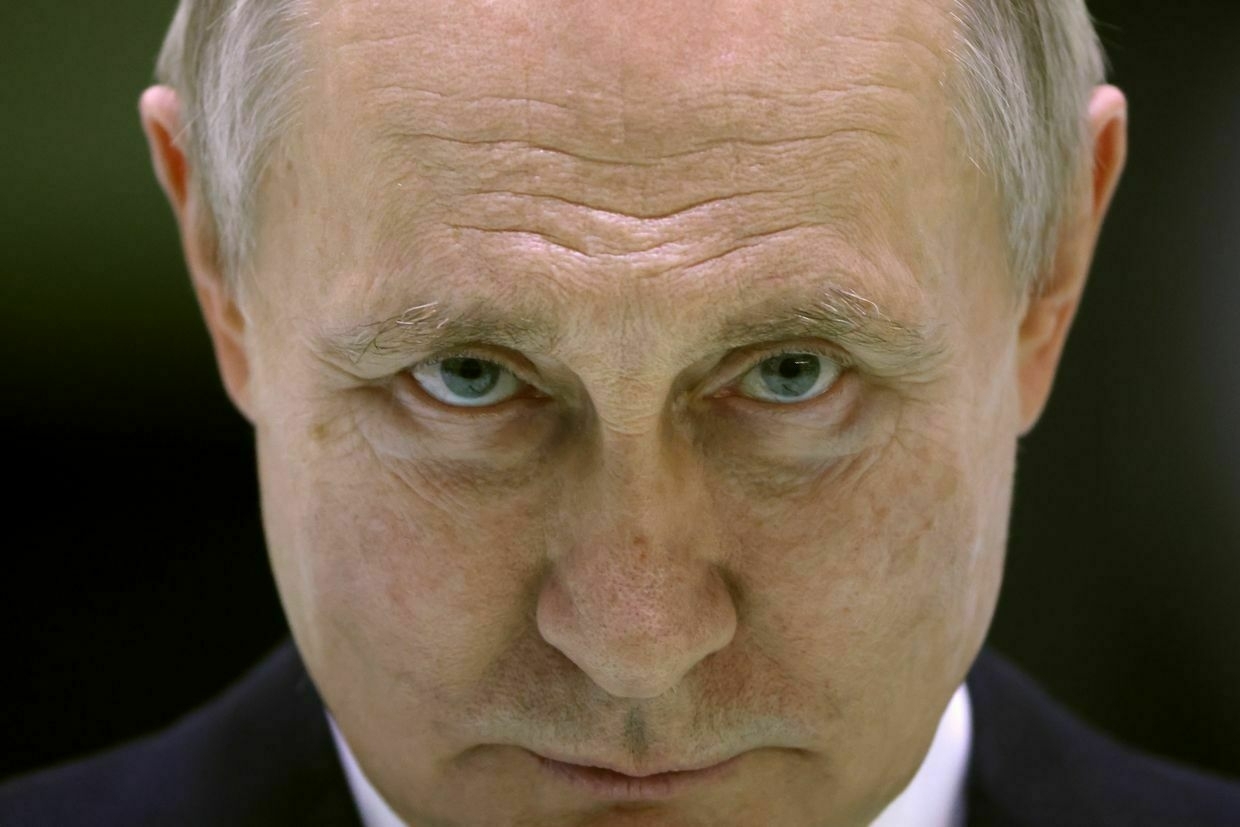
Vladimir Putin during a meeting with workers at the Obukhov State Plant in Saint Petersburg, Russia, on Jan. 18, 2023. (Contributor/Getty Images) 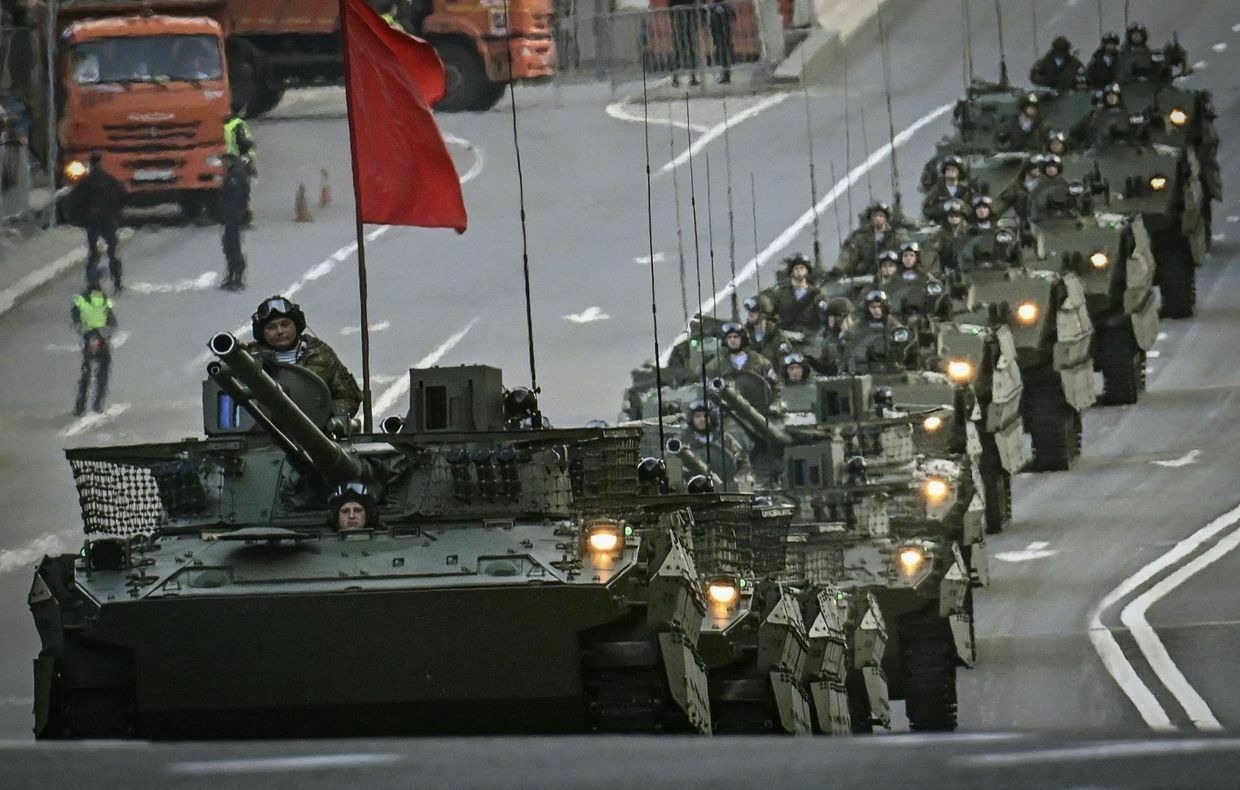
A Russian army tank drives through central Moscow, Russia, during a rehearsal for the Victory Day parade on May 3, 2025. (Alexander Nemenov/AFP via Getty Images) All the rhetoric about cautious decision-making, anti-isolationism, and respect for others stood in stark contrast to what unfolded just a few months later. It’s clear that Putin aims to appeal to the more conservative segments of the Russian population — and indeed, many Russians hold culturally conservative views in their everyday lives. But ultimately, this conservative messaging serves to mask policies that are, in many respects, deeply anti-conservative.
This is why I would label it as pseudo-conservatism — it mimics conservatism with the clear goal of making people feel more secure in turbulent times and fostering pride in their nation and government. However, in practice, what’s actually happening has little to do with traditional conservatism.
The Kyiv Independent: We see from here in Ukraine why people like Dugin are so dangerous. He has actively called for the genocide of Ukrainian people for years — that's what got him kicked out of one university back in 2014 or 2015, if I'm not mistaken. But what damage has he and others like him inflicted upon Russian academia over the past decade of war? What damage can they inflict abroad?
Alexey Zhavoronkov: It's a really good question. I think Dugin's academic trajectory shows us that nowadays, the Russian government is seriously concerned with the issue of Russian academics not being too cooperative, for the most part.
There’s a set of statistics from 2022 that breaks down how different social groups relate to the war, whether they support it actively, passively, or oppose it altogether. The group with the least support for the war was Russian academics, which signals to the government that this is a significant issue.
The government uses various means to control the excessively ‘cosmopolitan’ Russian academia. We see now that pro-government ideologists have been gifted their own institutes. Dugin now directs the Ivan Ilyin Higher Political School, an institute within the Russian State University for Humanities. This, along with other recent policies in education, is a signal to Dugin’s colleagues from the same university and other institutions that they are now being closely watched. Naturally, this contributes to an atmosphere of paranoia and self-censorship.
This self-censorship did not start in 2022. We do not have hard statistical data, but we still have some facts from recent history, like the dissolution of the Department for Constitutional Law at the Higher School of Economics in Moscow directly after the public debate concerning the necessity of the 2020 amendments to the Russian constitution. This action was not the government’s initiative. The university itself decided to lay off leading scholars in constitutional law, de facto, because there was no living constitution anymore. The constitution was amended in a way that several parts of it were practically destroyed.
People like Dugin contribute to the deterioration of the overall intellectual climate and the rise of self-censorship, which, I believe, is even worse than state censorship. In today’s Russia, state censorship is more about punishing a few individuals, while the universities punish the other 200 people themselves out of fear. It's different from the Soviet Union, where state control was stricter and all-encompassing.
Externally, Dugin makes an impression, partly because he has an army of writers, translators, and many supporters promoting his books in Europe and the U.S. I know several colleagues here in Germany, for instance, who were excited that there was supposed to be a workshop on Dugin’s philosophy at the Danube Institute in Hungary and wanted to attend. However, after watching some of his videos, they started questioning what he was actually saying. They realized it wasn’t philosophy but more like justificatory commentary on the Russian political agenda, filled with big slogans trying to align him with current policies. For instance, in his talk with John Mearsheimer, Dugin explicitly states that Ukraine should have been either neutral or part of Russia, and now Eastern Europe should be either neutral or "ours."
Dugin gives the impression, externally, that he represents Russian philosophy today and embodies the intellectual majority among his colleagues, which is not the case. However, he is the loudest, with all the necessary resources and instruments at his disposal. While he presents himself as a traditionalist, he also uses capitalist tools to commercialize his ideas in the West, adapting his views depending on where he is. In this way, he reminds me of Trump a bit.
If we look at some of the translations of Dugin’s books, like the German or English versions, it’s striking how much he tailors his message to please his European audience. In Russia, he often speaks of the ‘collective West’ or Europe as a declining culture, a culture that promotes degeneration. But for his German audience, he or his ghostwriters prepared an introduction to one of his major works that says something like this: “Germany has historically been oppressed by the U.S., but I, Dugin, am fond of German culture and thinkers.” Indeed, his Russian publications frequently reference Hegel and Heidegger, although he never understands their ideas. However, for his Russian audience, he also emphasizes the need for authoritarianism or even totalitarianism. When appealing to a German audience, he avoids such statements, knowing they wouldn't resonate with his readers there. Instead, he tries to appeal to a broader public, not just the most radical circles, by presenting himself as a German sympathizer.
Note from the author:
Hi, this is Kate Tsurkan, thank you for reading this article. You might have noticed that none of our reporting is behind a paywall — that’s because we believe that now, more than ever, the world needs access to reliable reporting from the ground here in Ukraine. To keep our journalism going, we rely on our community of over 20,000 members, most of whom give just $5 a month. Help us today.
Aestheticized aggression — why Gosha Rubchinskiy’s ‘Victory Day’ photo book is Russian propagandaRussia’s war against Ukraine is waged not only with missiles and tanks, but with distorted myths — powerful narratives that romanticize empire, rewrite history, and embolden Russian soldiers to reduce once prosperous cities to rubble. Those very same myths surfaced at the Photo London Festival from May 15 to 18, whereThe Kyiv IndependentKate Tsurkan
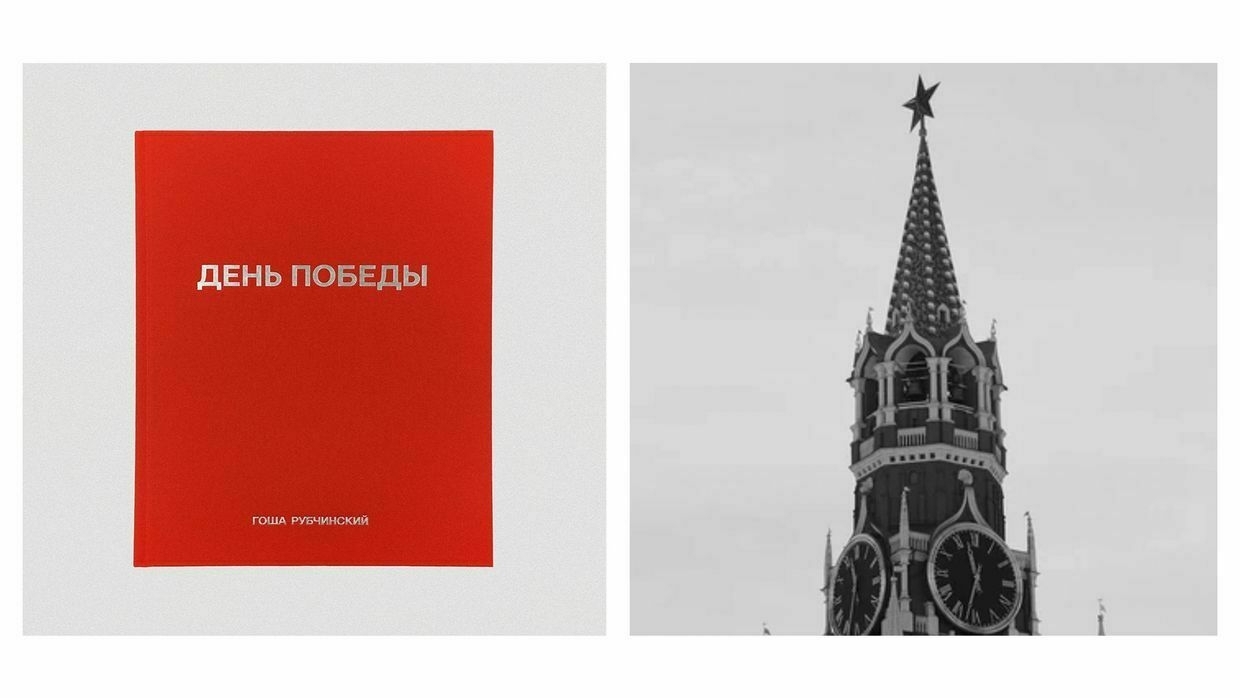
-
Ukrainian drones strike Russian navigation equipment plant in Cheboksary, sparking major fire
A series of explosions rocked the city of Cheboksary in the Chuvash Republic of Russia overnight on Monday, June 9. The Ukrainian General Staff announced that the Unmanned Systems Forces, in collaboration with other units of the Armed Forces of Ukraine, unleashed a drone attack on the VNIIr-Progres facility. This facility is known for producing navigation equipment, including adaptive 'Komet' antennas.
These antennas are reportedly used by Russian forces in Shahed-type strike drones, unified planning and correction modules for guided aerial bombs, among other weaponry. At least two Ukrainian drones hit the facility, sparking a large-scale fire.
In response, Russia implemented a "Blanket" plan, restricting airport operations in four cities: Nizhny Novgorod, Tambov, Kazan, and Saratov. Andriy Kovalenko, head of the Ukrainian National Security and Defense Council's Center for Countering Disinformation, noted that the 'Komet' satellite navigation module, compatible with GLONASS/GPS, is used by occupiers in weaponry like the Kalibr, Iskander-M, Kh-69, Kh-101 missiles, and Lancet and Orlan-10 drones.
He highlighted that after the drone strike, the Progres facility has ceased operations indefinitely. Furthermore, on the Savasleyka airfield in the Nizhny Novgorod region, Ukrainian defenders have allegedly destroyed two Su-30/34 and MiG-31 fighter jets.
-
New large-scale POW exchange: Ukrainian defenders return home #shorts
-
Ukraine begins first stage of prisoner swap under Istanbul agreement

Editor’s note: This is a developing story and is being updated.
Ukraine has begun a large prisoner exchange with Russia as part of a deal reached during recent peace talks in Istanbul, President Volodymyr Zelensky confirmed on June 9.
“Ukrainians are coming home from Russian captivity,” Zelensky said in a statement. “Today the exchange began and will continue in several stages over the coming days. Among those being returned now are wounded and severely wounded prisoners, as well as those under 25."
The swap marks the first stage of the agreement negotiated at the second round of direct Russia-Ukraine peace talks in Istanbul on June 2.
The Coordination Headquarters for the Treatment of Prisoners of War said the first group of released prisoners includes personnel from Ukraine’s Navy, Ground Forces, Air Force, National Guard, Border Guard Service, Territorial Defense, and State Special Transport Service.
Among those freed are defenders of Mariupol who had spent more than three years in captivity. All those returned in this stage are enlisted and noncommissioned soldiers, officials said.
Ukraine expects to exchange 500 POWs in next swap with Russia, Zelensky saysUkraine will bring home a total of 500 prisoners of war (POW) from Russian captivity in a prisoner exchange with Russia on June 7 and 8, President Volodymyr Zelensky said in a meeting with journalists on June 4 attended by the Kyiv Independent.The Kyiv IndependentMartin Fornusek

-
Russia claims offensive in Dnipropetrovsk aimed at creating 'buffer zone,' Ukraine denies reports of incursion
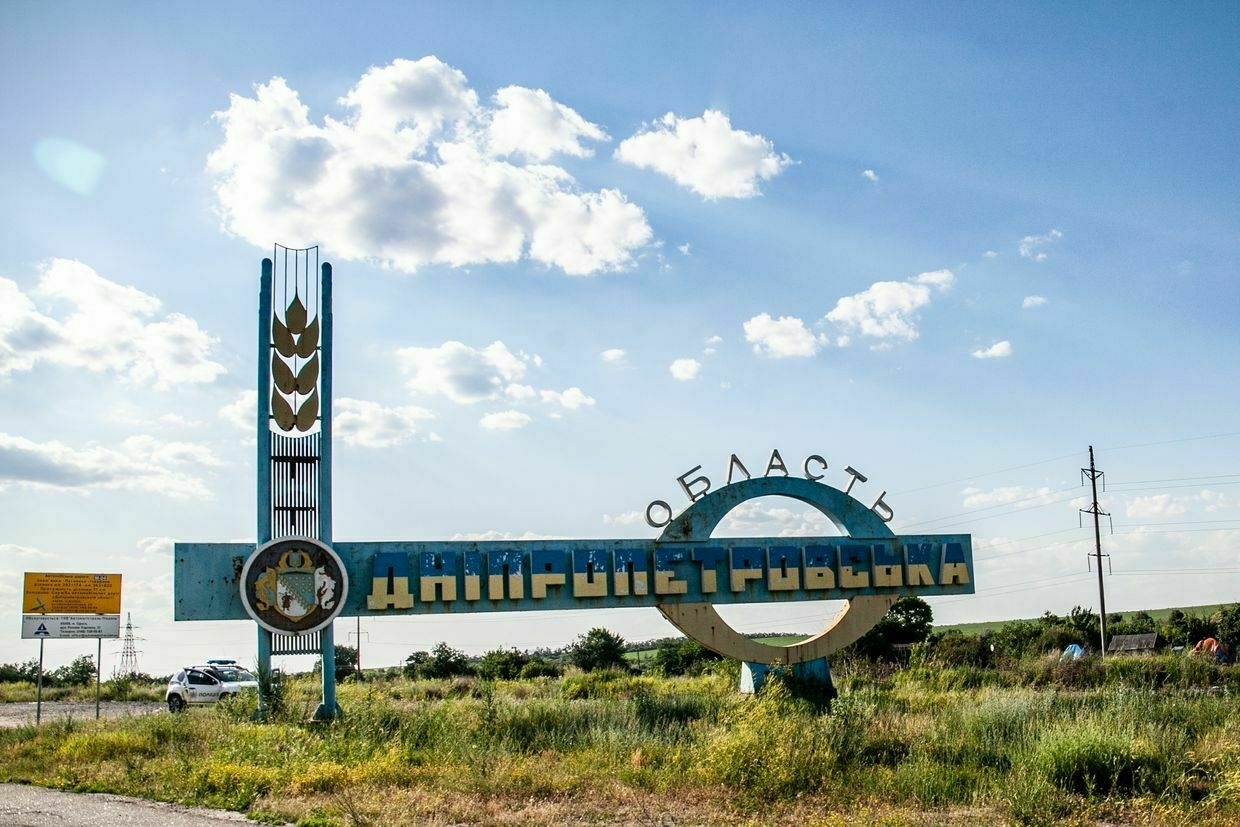
Russian forces are conducting their offensive in Ukraine’s Dnipropetrovsk Oblast as part of efforts to create a “buffer zone” on Ukrainian territory, Kremlin spokesperson Dmitry Peskov said on June 9, according to Russian state-controlled media.
Peskov’s comments allude to Russia’s claims that neighboring Ukrainian Donetsk Oblast belongs to Moscow. The claim is based on Russia’s proclaimed annexation of the region in September 2022.
Kremlin spokesperson comments follow weeks of renewed Russian advances in Donetsk Oblast and President Vladimir Putin’s May 22 statement that Moscow is working to establish a “security buffer zone” along Ukraine’s borders with Kursk, Bryansk, and Belgorod oblasts.
Ukrainian officials denied Russia’s latest claims of progress in Dnipropetrovsk Oblast.
“As of the morning of June 9, all Russian information, including Peskov’s statements, about an offensive in Dnipropetrovsk Oblast does not correspond to reality,” said Andrii Kovalenko, head of Ukraine’s Center for Countering Disinformation.
Operational Command South reported on June 8 that Russian troops are continuing attempts to break into Dnipropetrovsk Oblast but described the situation as “tense” rather than indicating any successful advance.
The Russian Defense Ministry claimed on June 8 that its forces had entered Dnipropetrovsk Oblast. Ukrainian officials immediately rejected the assertion.
Viktor Trehubov, spokesperson for Ukraine’s Khortytsia group of forces, also called the reports false, telling CNN that Russian forces had not advanced from the Pokrovsk or Novopavlivka directions, where the three oblasts of Donetsk, Zaporizhzhia, and Dnipropetrovsk converge.
Since 2014, Russian aggression has heavily impacted Donetsk Oblast, while Dnipropetrovsk Oblast has remained free from confirmed ground incursions. Ukraine rejected similar Russian claims in May, when officials debunked allegedly fabricated photos purportedly showing Russian troops in the region.
Despite this, Dnipropetrovsk has faced frequent Russian missile and drone attacks throughout the full-scale war. The region began mandatory evacuations from four front-line villages in April as a precaution.
Ukraine says it hit Russian MiG-31, Su-30/34 fighter jets following attack on airfieldThe overnight strike targeted the Savasleyka airfield in Russia’s Nizhny Novgorod region, which the Kremlin uses to launch MiG-31K jets armed with Kinzhal hypersonic missiles, according to the General Staff.The Kyiv IndependentAnna Fratsyvir

-
NATO's Rutte calls for 400% increase in air defenses to counter Russia, Bloomberg reports
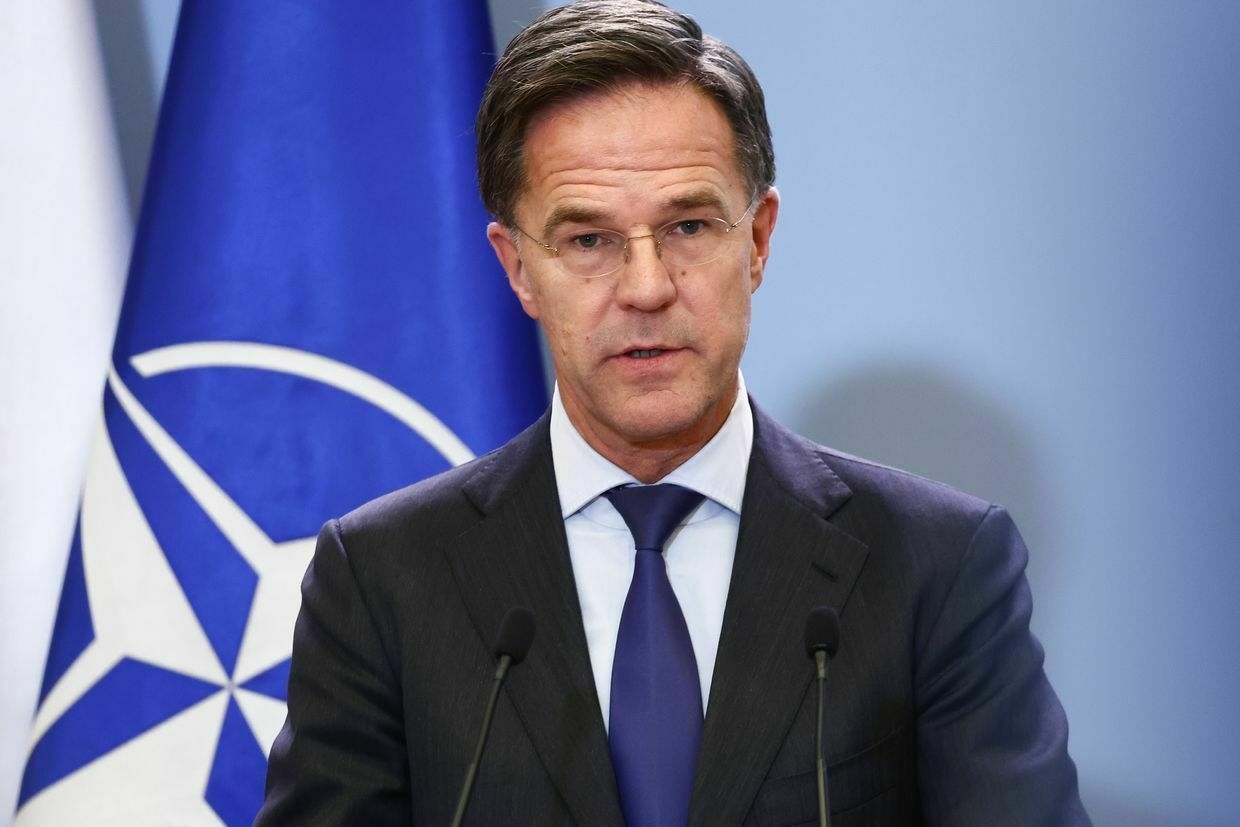
NATO Secretary General Mark Rutte called on alliance members to deliver a “quantum leap” in defense investment as the threat from Russia persists, Bloomberg reported on June 9.
“Danger will not disappear even when the war in Ukraine ends,” Rutte said in prepared remarks for a speech at Chatham House in London. “We must have more forces and capabilities to implement our defense plans in full."
Rutte urged NATO members to boost air and missile defense by 400%, citing lessons from Russia’s attacks on Ukraine.
Russia has been repeatedly targeting Ukrainian cities with missiles and drones of different types. Most recently, on June 9, Russia launched 499 drones and missiles during its massive overnight attack across Ukraine.
Kyiv has been consistently calling on its allies to boost air defense support.
“We see in Ukraine how Russia delivers terror from above, so we will strengthen the shield that protects our skies,” Rutte said, according to Bloomberg.
Rutte is pushing for NATO countries to adopt a new military spending target of 3.5% of gross domestic product (GDP) by 2032, alongside an additional 1.5% of GDP for security-related projects such as cyber defense and border control. The proposal comes after U.S. President Donald Trump called on allies to spend 5% of GDP on defense.
Rutte’s remarks follow his earlier warning during an April visit to the White House, where he met with Trump. There, he reiterated that NATO views Russia as a “long-term threat” to Euro-Atlantic security.
“We all agree, in NATO, that Russia is the long-term threat to NATO territory, to the whole of the Euro-Atlantic territory,” Rutte said after those talks.
Amid missile shortage, Ukraine’s air defenses are struggling under Russian ballistic attacksAs the air defense missile stocks run low and the future of U.S. military aid to Ukraine grows increasingly uncertain, Kyiv is under pressure to defend its sky. The concerns mount as Russia scales up its aerial attacks across Ukraine, combining ballistic missiles and drones to overwhelm air defenses.The Kyiv IndependentAsami Terajima
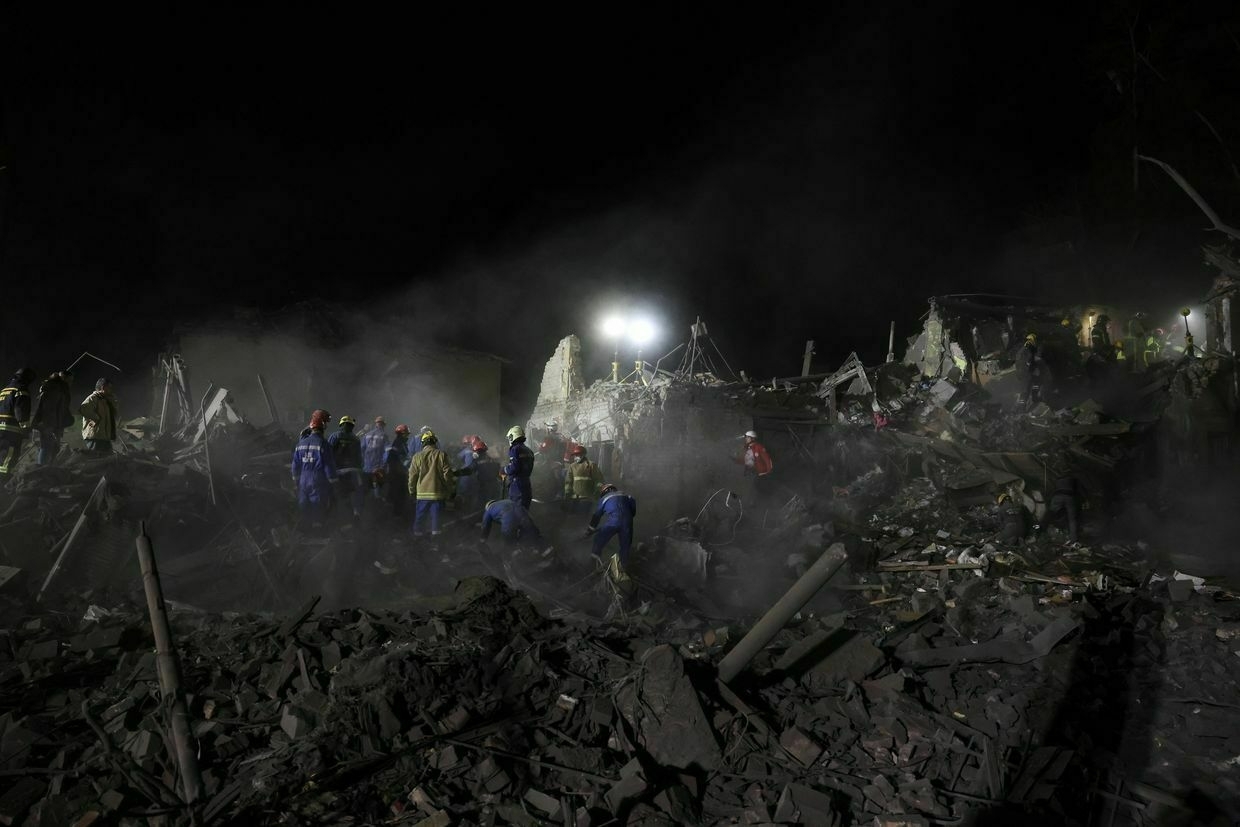
-
Ukraine shoots down nearly 500 drones, missiles in Russian record strike, Air Force says
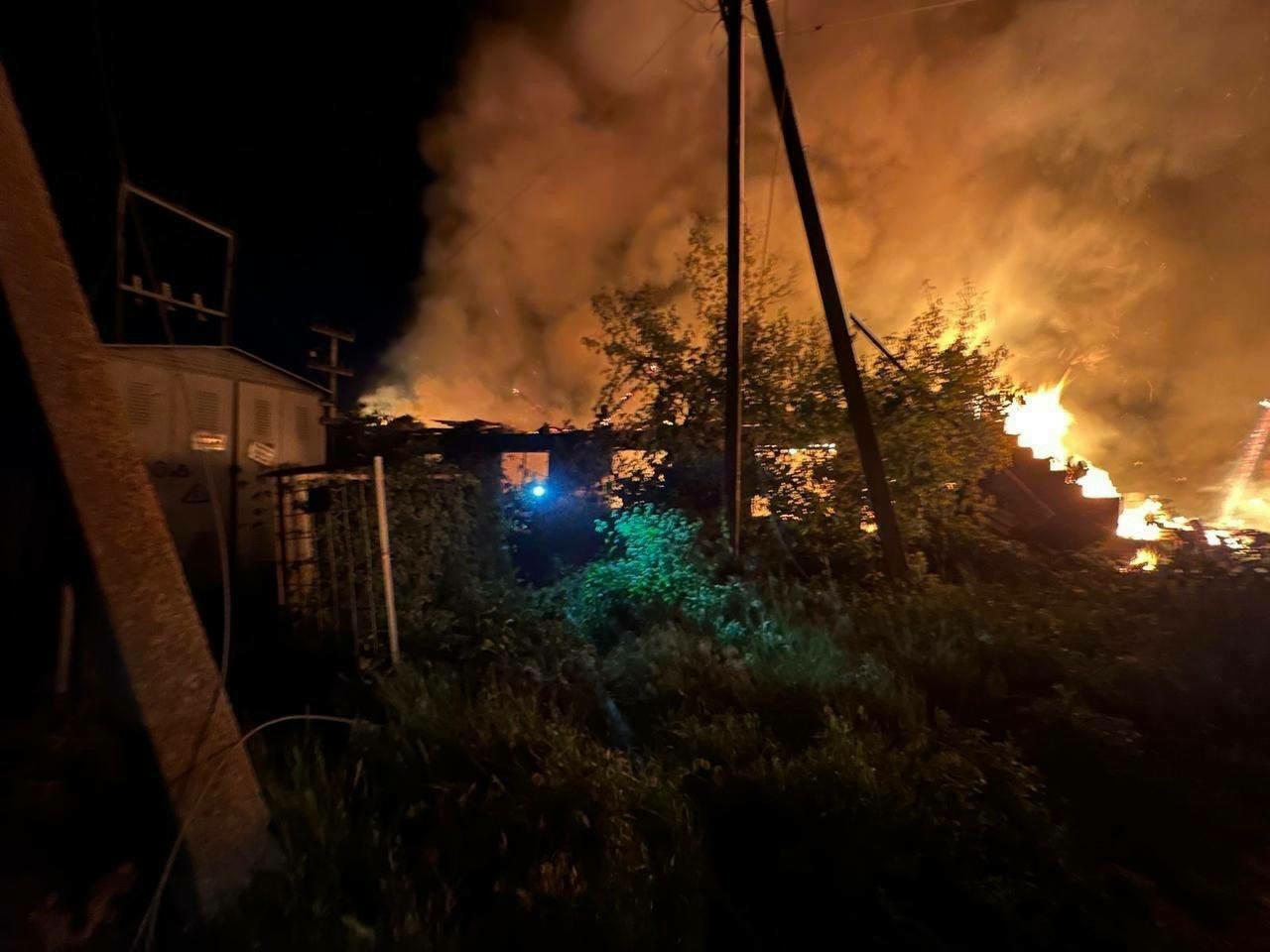
Ukraine’s Air Force said on June 9 that it intercepted a total of 479 Russian drones and missiles during a record-high wave of strikes overnight.
According to the official statement, Russia launched 499 weapons, including 479 Shahed‑type attack drones and various decoy drones, four Kh‑47M2 “Kinzhal” air-launched ballistic missiles, 10 Kh‑101 cruise missiles, three Kh‑22 cruise missiles over the Black Sea, two Kh‑31P anti‑radar missiles, and one Kh‑35 cruise missile from occupied Crimea.
Ukraine had reportedly neutralized 479 of the incoming targets, with 292 were shot down, and 187 jammed or lost via electronic warfare.
In Kyiv Oblast, air‑raid sirens lasted over ten hours, according to Governor Mykola Kalashnyk. Air defences shot down Russian drones. No civilian casualties were reported. Two houses, a car, and an outbuilding in Boryspil district were reportedly damaged.
In Rivne Oblast, Governor Oleksandr Koval described the night as very heavy. One civilian was reportedly injured. The attack, according to Koval, was the largest since the beginning of Russia’s full-scale war.
In Zaporizhzhia Oblast, one person was injured, according to Governor Ivan Fedorov. Over the day, 498 strikes reportedly struck 14 populated areas.
In Kherson Oblast, numerous towns were hit by drones, artillery, and airstrikes. Three apartment blocks, 13 houses, a farm, and vehicles were damaged. Four civilians were injured, the governor said.
In Kharkiv Oblast, nine villages were hit. Seven civilians suffered minor injuries, according to Governor Oleh Syniehubov. Russian forces reportedly used 22 unguided aviation rockets, 18 guided bombs (KAB), 6 Geran (Shahed) drones, 4 unspecified UAVs, and 1 Molniya drone. Civil damage included houses, a store, a camp, and vehicles.
In Dnipropetrovsk Oblast, Ukrainian defences downed six UAVs at night, Governor Serhii Lysak said. A farm, houses, and vehicles in the region were reportedly hit.
In Sumy Oblast, Russian forces launched nearly 90 strikes across 35 settlements, injuring nine civilians, local authorities reported. Shops, a school, homes, and cars were reportedly damaged. Authorities evacuated 21 people.
In Cherkasy Oblast, air defences shot down 33 Russian drones overnight. No injuries were reported, but falling debris damaged four houses, a farm outbuilding, and a car in the Cherkasy district.
Ukrainian drones hit Russian electronic warfare facility in Chuvashia Republic, military saysThe General Staff of Ukraine’s Armed Forces confirmed the strike, saying Ukrainian drone units, in coordination with other units, targeted VNIIR-Progress and ABS Electro in Cheboksary overnight as part of efforts to degrade Russia’s capacity to produce air attack systems.The Kyiv IndependentAbbey Fenbert
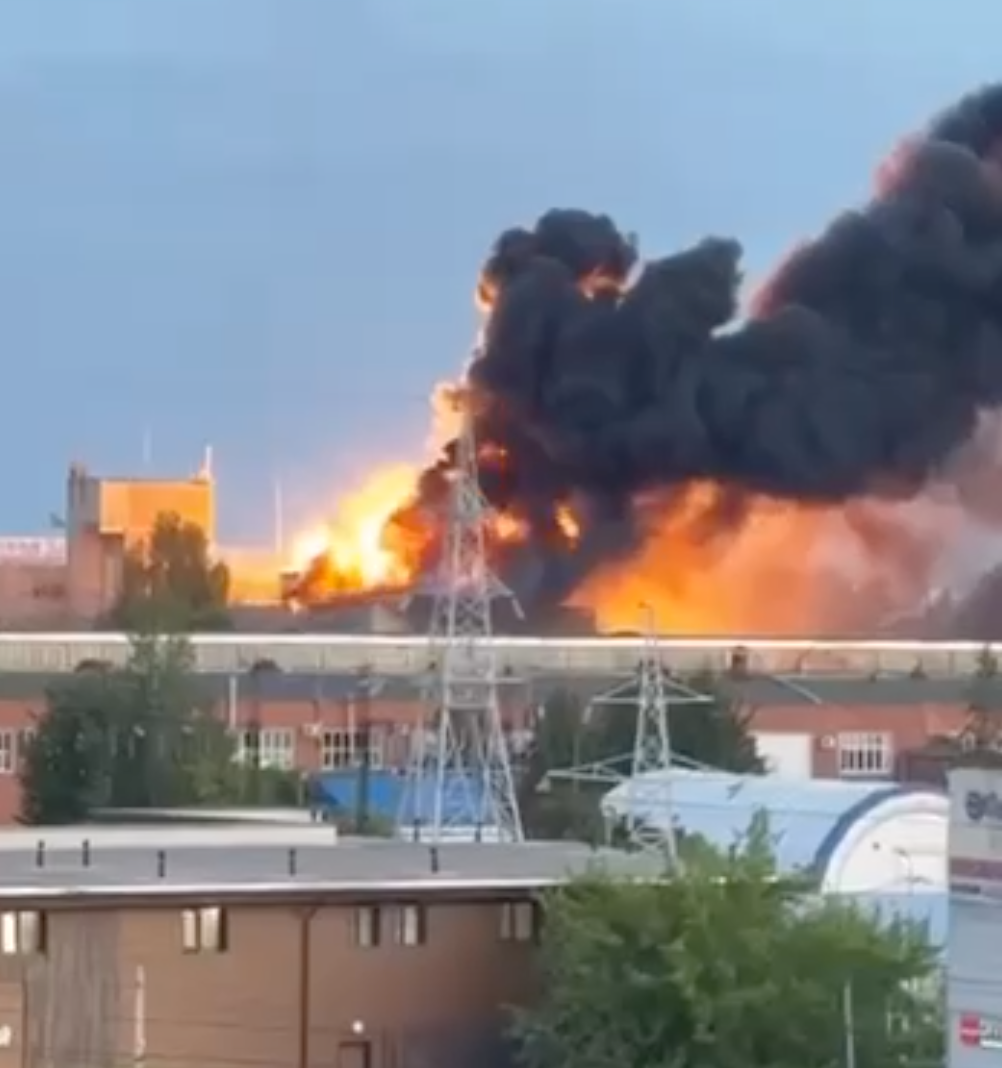
-
Ukraine says it hit Russian MiG-31, Su-30/34 fighter jets following attack on airfield
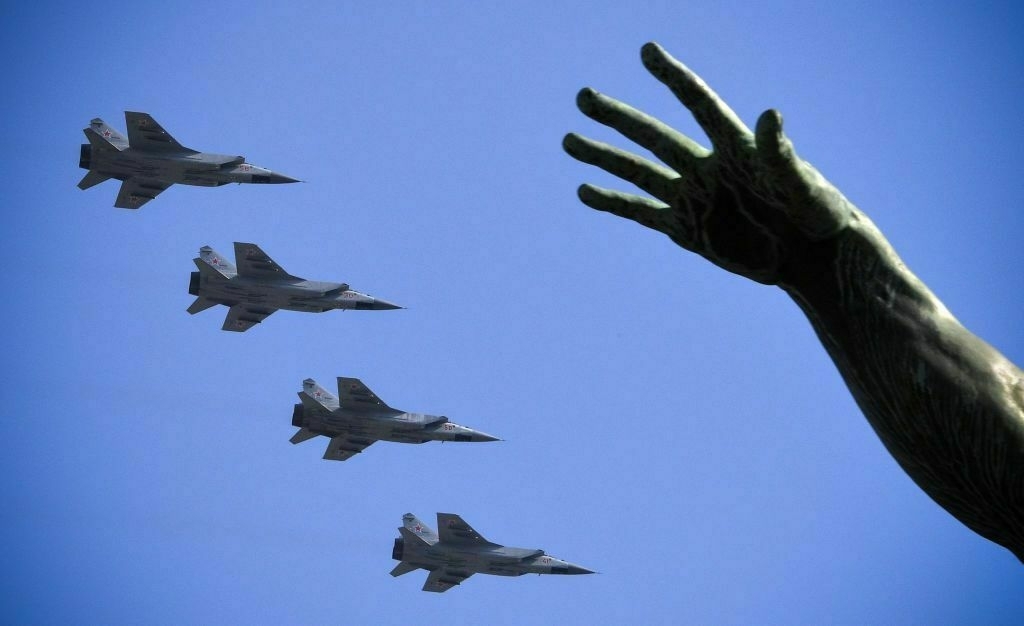
A Ukrainian strike allegedly damaged two Russian military aircraft — a MiG-31 and either a Su-30 or Su-34 fighter jet — at an airfield used to launch Kinzhal missile attacks, the General Staff of Ukraine’s Armed Forces said on May 9.
The extent of the damage is still being assessed, the military said.
Ukraine’s overnight strike targeted the Savasleyka airfield in Russia's Nizhny Novgorod Oblast, which the Kremlin uses to launch MiG-31K jets armed with Kinzhal hypersonic missiles, according to the General Staff.
The operation was conducted by Ukrainian Special Operations Forces in coordination with other units.
The strike happened as Russia launched a massive attack on Ukrainian cities overnight on June 9.
Recently, Ukraine has stepped up strikes on Russian military aircraft, which Moscow often uses to target civilian infrastructure. Earlier this month, Ukrainian drones destroyed dozens of Russian strategic bombers and surveillance aircraft in a series of attacks dubbed Operation Spiderweb.
On June 1, the Security Service of Ukraine (SBU) used smuggled first-person-view drones to strike four Russian airfields: Olenya, Ivanovo, Dyagilevo, and Belaya. The SBU said 41 aircraft were damaged or destroyed, including heavy bombers and rare A-50 spy planes, causing an estimated $7 billion in damage.
Footage of those strikes, released by Ukrainian officials on June 4, showed direct hits on key Russian aircraft. Ukrainian officials say such operations aim to limit Russia’s ability to launch missile attacks against Ukrainian cities.
Operation Spiderweb — everything we know about Ukraine’s ‘audacious’ attack on Russia’s heavy bombersUkraine was jubilant on June 1 as news filtered through of a stunning drone attack targeting Russian heavy bombers, that simultaneously targeted four air bases, two of them thousands of miles inside Russia. “Enemy strategic bombers are burning en masse in Russia — this is the result of a special operationThe Kyiv IndependentChris York
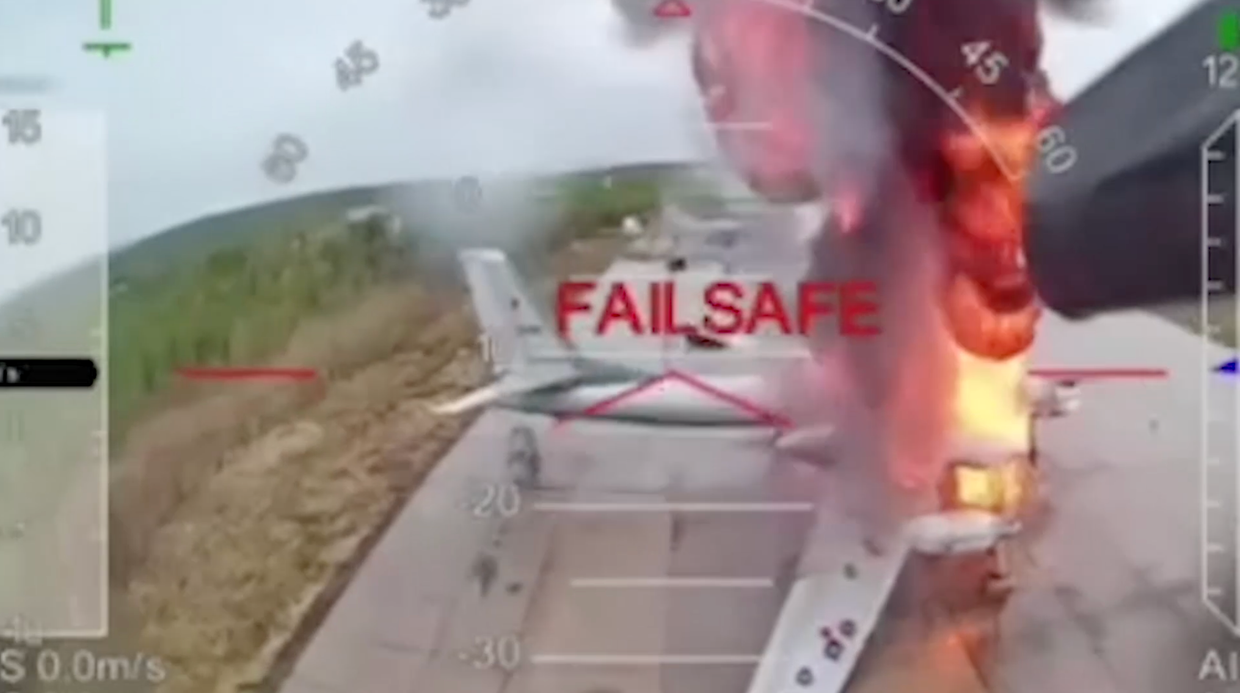
-
Putin approves new naval strategy as Russia seeks to restore maritime power
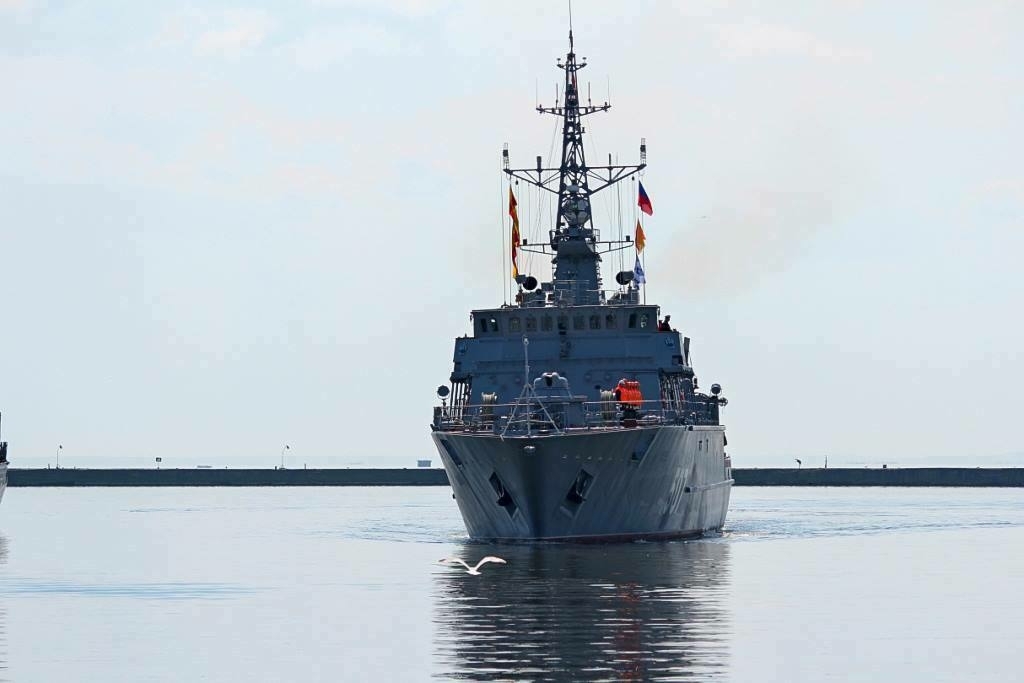
Russian President Vladimir Putin has approved a new naval strategy aimed at fully restoring Russia’s position as a leading global maritime power, Kremlin aide Nikolai Patrushev said in an interview with the Russian state-controlled Argumenty i Fakty newspaper.
Patrushev, a former KGB officer, told the Russian newspaper that the new document, titled The Strategy for the Development of the Russian Navy up to 2050, was approved in late May.
“Russia’s position as one of the world’s greatest maritime powers is gradually recovering,” Patrushev said. He added that such work requires a long-term vision of future maritime challenges and threats.
Patrushev provided no further details on the new naval strategy
Russia currently operates the world’s third most powerful navy, according to most public rankings, behind China and the United States. However, the fleet has suffered a string of losses during the war against Ukraine, particularly in the Black Sea.
Since September 2022, Ukraine has used naval kamikaze drones to target the Russian Black Sea Fleet, destroying several vessels. The latest strike sank a Mangust-class patrol boat off the coast of occupied Crimea using a domestically produced Magura drone.
Ukraine’s campaign has drawn on the Jeune École naval doctrine, leveraging small, low-cost drones against larger warships. After losing its conventional surface fleet early in the war, Ukraine turned to developing its own naval drones.
The approach has proven effective.
In April 2022, Ukraine sank the Moskva, the fleet’s flagship, with Neptune missiles. It has since struck key naval bases and reportedly disabled or destroyed around a third of Russia’s Black Sea Fleet. The General Staff said in June that 29 Russian vessels had been taken out of action.
In response, Russia began pulling back ships from occupied Crimea to the port of Novorossiysk in late 2024 to shield them from further attacks. The redeployment limited Moscow’s ability to blockade Ukrainian grain exports, though Russian naval capabilities in other regions remain largely intact.
As Ukraine, Russia agree to ceasefire at sea, Moscow’s battered Black Sea Fleet is set to get a reprieveThe White House on March 25 announced that Ukraine and Russia had agreed to “eliminate the use of force” in the Black Sea, returning the spotlight to a theater of battle that has been relatively quiet for more than a year. Throughout 2022 and 2023, Ukrainian strikes against Russian ships,The Kyiv IndependentMartin Fornusek

-
General Staff: Russia has lost 997,120 troops in Ukraine since Feb. 24, 2022
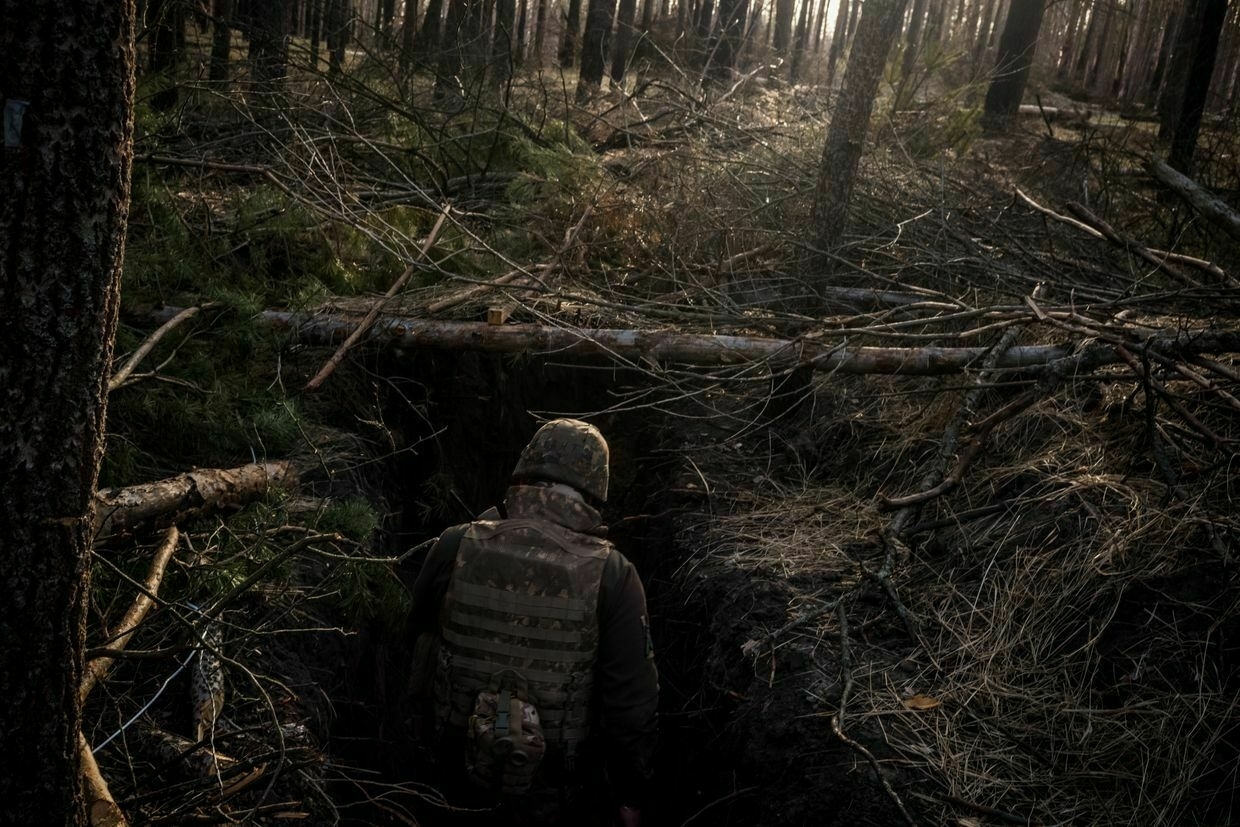
Russia has lost 997,120 troops in Ukraine since the beginning of its full-scale invasion on Feb. 24, 2022, the General Staff of Ukraine’s Armed Forces reported on June 9.
The number includes 970 casualties that Russian forces suffered just over the past day.
According to the report, Russia has also lost 10,915 tanks, 22,759 armored fighting vehicles, 51,348 vehicles and fuel tanks, 28,934 artillery systems, 1,411 multiple launch rocket systems, 1,183 air defense systems, 414 airplanes, 337 helicopters, 39,818 drones, 28 ships and boats, and one submarine.
Trump administration redirects 20,000 anti-drone missiles meant for Ukraine, Zelensky confirms“We counted on this project — 20,000 missiles. Anti-Shahed missiles. It was not expensive, but it’s a special technology,” President Volodymyr Zelensky said.The Kyiv IndependentTim Zadorozhnyy

-
Ukrainian boxer Usyk invites Trump to his home to see Russia's war firsthand, BBC reports
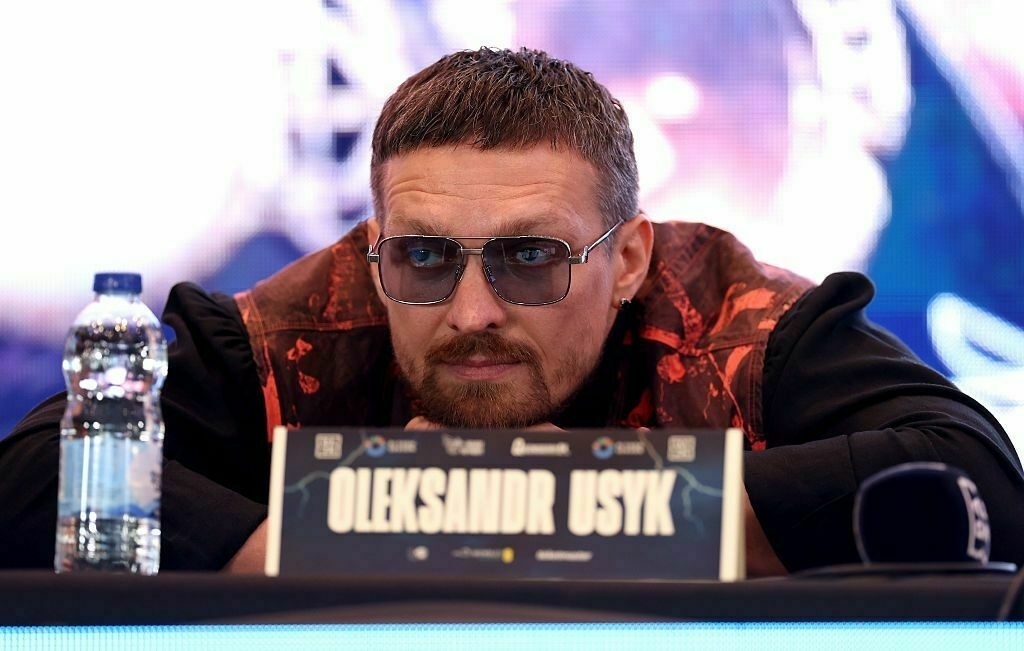
Unified heavyweight champion Oleksandr Usyk invited U.S. President Donald Trump to live for a week in his house in Ukraine during a June 8 interview with BBC Sport.
Trump has pledged to negotiate an end to Russia’s war against Ukraine, but after six months in office a ceasefire remains nowhere in sight. Trump has threatened to abandon the peace process altogether and even suggested Ukraine is to blame for Russia’s intensifying aerial attacks.
Usyk said he would welcome Trump to visit his home in Ukraine to experience the realities of the war firsthand.
“I advise American President Donald Trump, go to Ukraine and live in my house one week. Only one week … Watch what’s going on every night,” he told BBC Sport.
“Every night, bombs fly above my house. Bomb, rocket, Shahed. Every night."
Usyk’s appeal to Trump comes after multiple large-scale Russian attacks against Ukrainian cities.
Originally from Crimea, Usyk now resides in Kyiv, the target of several drone and missile strikes in late May and early June. Russia has broken its nightly drone record repeatedly in the last two weeks and U.S. officials have warned Ukraine to expect more mass strikes in the coming days.
While Trump initially criticized Russian President Vladimir Putin after a series of consecutive attacks against Ukrainian cities in late May, he did not follow through on threats to sanction Moscow.
Trump has since attempted to delay and soften a U.S. Senate bill imposing harsher sanctions against Russia and has even threatened to possibly sanction Ukraine.
Usyk has previously directed public comments to Trump while advocating for Ukraine. During the 2024 U.S. presidential election, Usyk took to social media to urge Trump to use his purported influence over Putin to help free Ukrainian prisoners of war (POWs).
Usyk has held the title of unified heavyweight champion since 2021. Before his professional boxing career, he was a gold medalist at the 2012 Olympic Games in London.
US expects Russia’s retaliation for Operation Spiderweb to continue soonOne official told Reuters that while the timing remains unclear, a retaliatory strike could be expected in the coming days and is likely to be “asymmetrical.”The Kyiv IndependentTim Zadorozhnyy
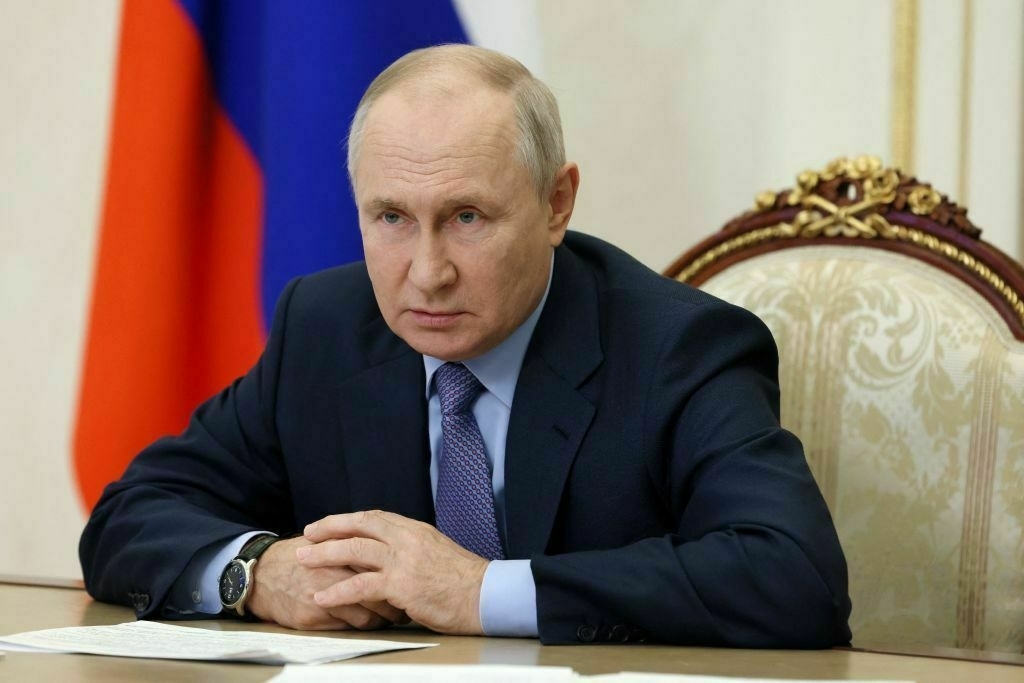
-
Drone attack ignites blaze in Russia's Chuvashia Republic, media reports
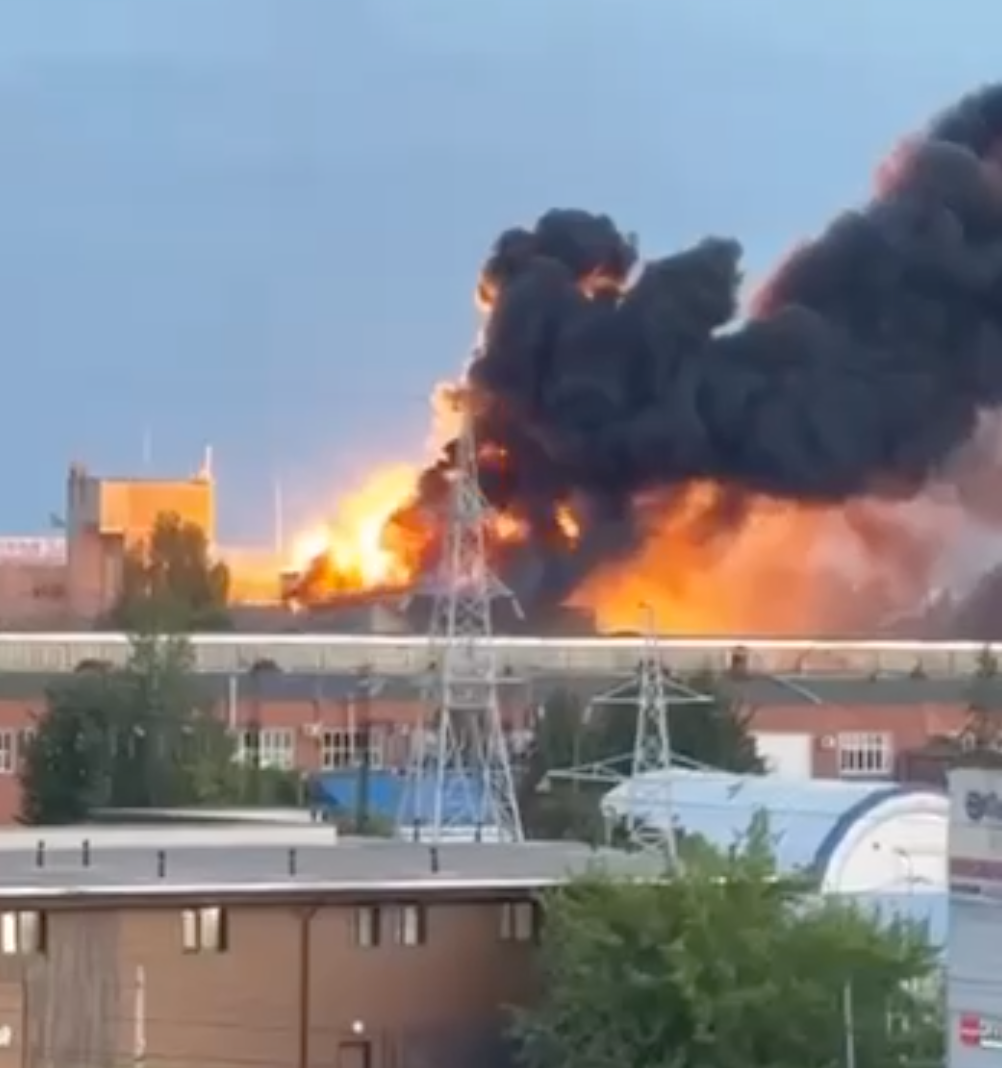
Editor’s Note: This is a developing story and is being updated.
Explosions and massive fires followed a drone attack on the Russian city of Cheboksary in the Chuvashia Republic, Russian Telegram news channels reported in the early hours of June 9.
Ukrainian drones allegedly targeted an oil depot in Cheboksary in a previous attack in March.
In video footage from local residents purporting to show the June 9 strike, smoke and flames can be seen rising over the city of Cheboksary. One video, published by the Russian independent news outlet Astra, shows a drone approaching the target and making impact, causing another explosion.
0:00/Footage purporting to show an alleged Ukrainian drone strike against the Russian city of Cheboksary in the Chuvashia Republic on June 9, 2025. (Astra) Russian officials have not yet commented on the alleged attack and the Kyiv Independent could not verify the claims.
Overnight drone strikes in Russia reportedly triggered flight restrictions at airports in Kazan, Nizhny Novgorod, Saratov, and Tambov.
Ukraine reportedly attacked the Burevestnik oil refinery in Cheboksary on March 9, in its first reported drone attack against the Chuvashia Republic. The refinery lies over 900 kilometers (559 miles) from the Ukrainian border.
Since 2022, Kyiv has launched repeated attacks against Russian refineries, which Ukraine considers to be valid military targets.
In recent days, Ukraine has launched a number of strikes against military facilities in Russia, including missile bases and airfields. The most audacious and high-profile attack came on June 1, when Ukraine carried out Operation Spiderweb — a mass drone strike that simultaneously targeted four major Russian air bases, reportedly damaging 41 planes.
Ukraine war latest: US expects Russia’s retaliation for Operation Spiderweb to continue soon; Ukraine denies Russian troop presence in Dnipropetrovsk Oblast, describes situation as ‘tense’Key developments on June 7-8: * US expects Russia’s retaliation for Operation Spiderweb to continue soon * Ukraine denies Russian troop presence in Dnipropetrovsk Oblast amid offensive, describes situation as ‘tense’ * Trump administration redirects 20,000 anti-drone missiles meant for Ukraine, Zelensky confirms * Ukraine downs fighter jet in Russia’s Kursk Oblast, AirThe Kyiv IndependentThe Kyiv Independent news desk
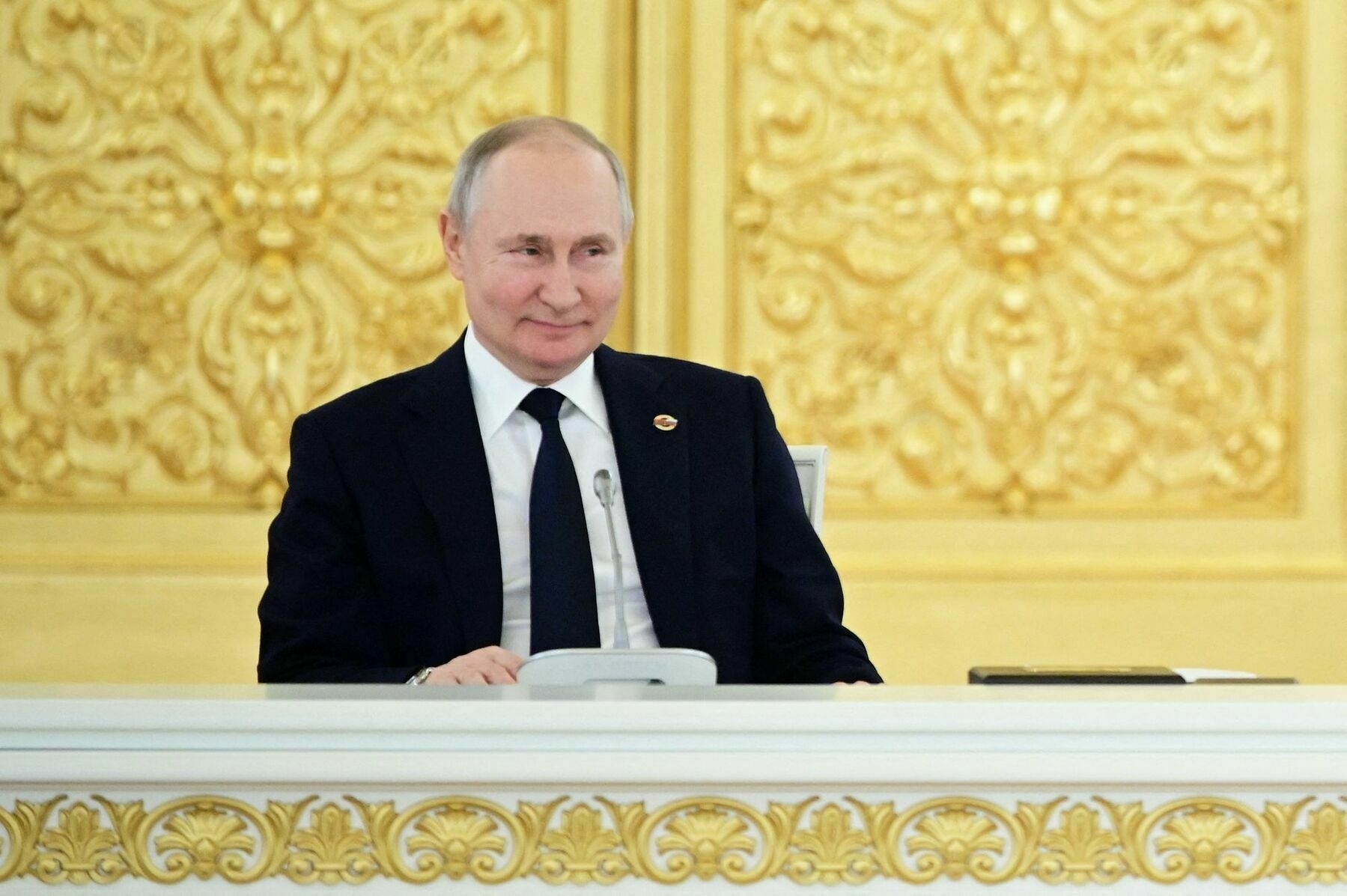
-
Russian missiles target western Ukraine in latest mass attack
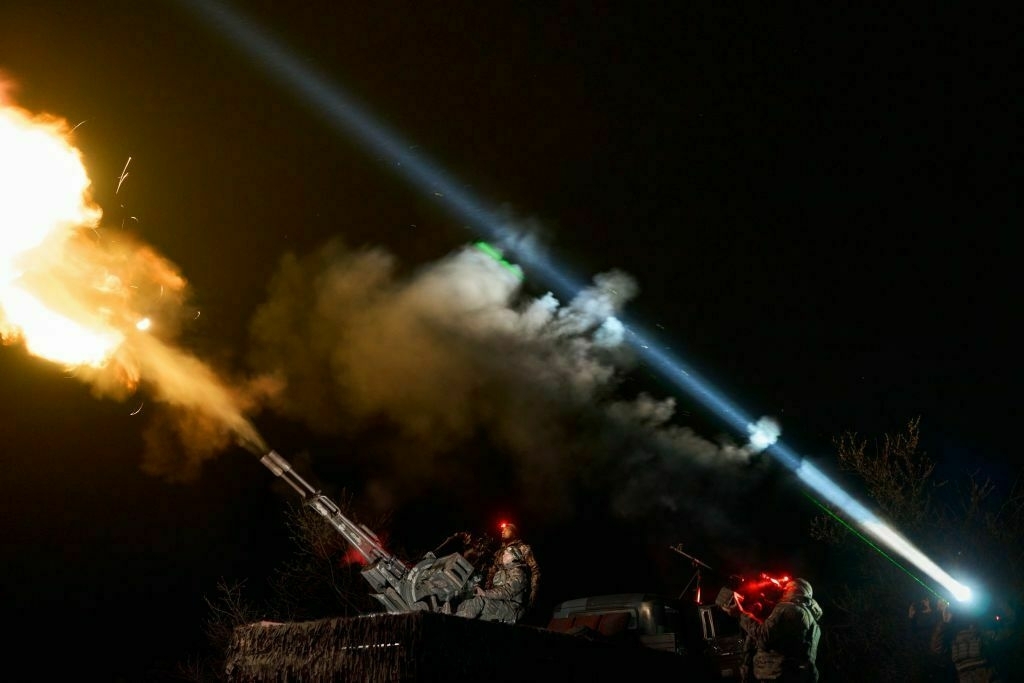
Editor’s Note: This is a developing story and is being updated.
Russia launched another large-scale attack against Ukraine overnight on June 9, assailing cities across the country with drones and missiles.
Multiple rounds of explosions have been reported in Rivne, a city far from the front lines in northwestern Ukraine, amid an ongoing drone and missile attack.
The mass strike comes shortly after Russia on June 6 launched 452 drones and 45 missiles at Ukraine in a single night — one of the largest aerial attacks in the full-scale war. The Kremlin claimed the bombardment was retaliation for Kyiv’s Operation Spiderweb drone strike on Russian strategic aircraft.
Ukraine’s Air Force issued aerial alerts throughout the night on June 8-9, warning multiple regions of the threat of ballistic missiles and Shahed-type attack drones.
Explosions have been reported in Kyiv and Rivne.
Tymur Tkachenko, head of the Kyiv City Military Administration, said that an office building in the capital’s Darnytsia district had been damaged in the attack.
Trump administration redirects 20,000 anti-drone missiles meant for Ukraine, Zelensky confirms“We counted on this project — 20,000 missiles. Anti-Shahed missiles. It was not expensive, but it’s a special technology,” President Volodymyr Zelensky said.The Kyiv IndependentTim Zadorozhnyy
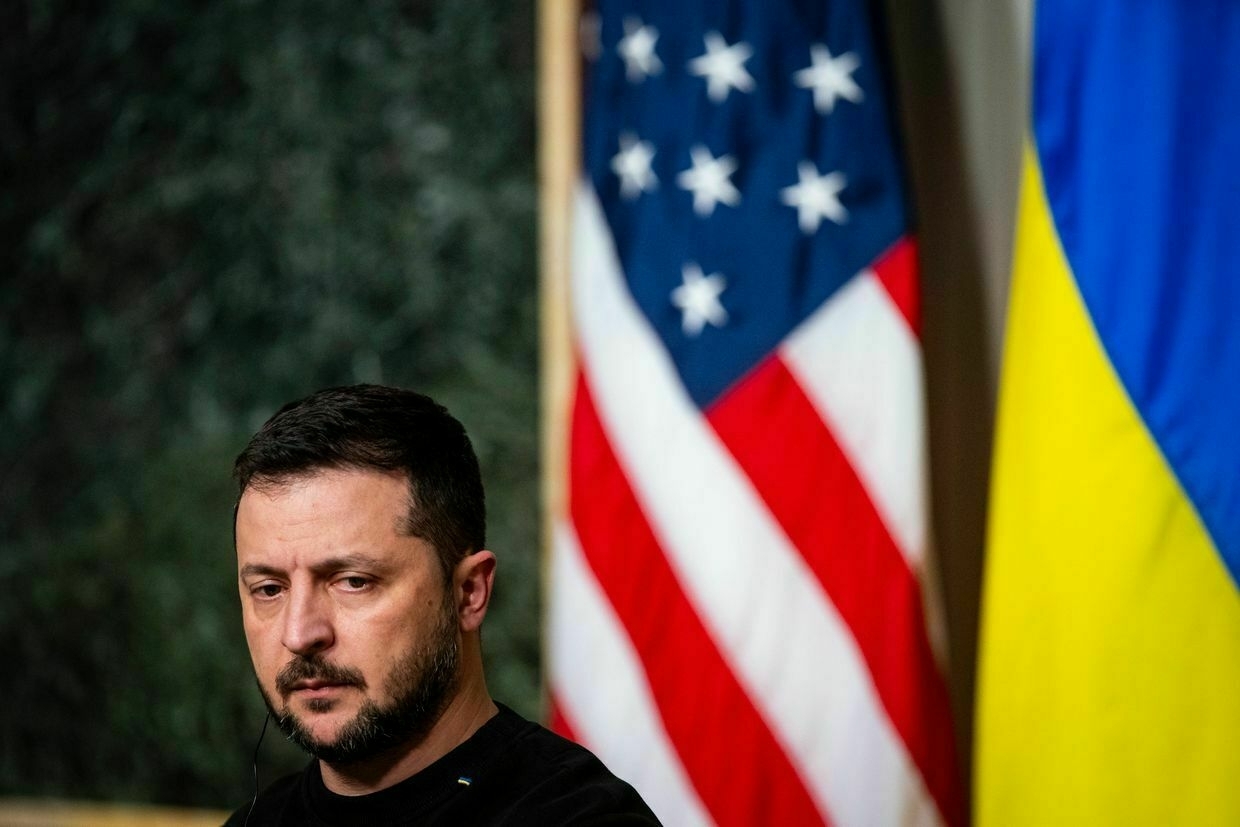
Reuters reported on June 8 that the U.S. expects Russia to launch more large-scale, multi-pronged strikes at Ukraine in the coming days as part of Moscow’s “asymmetrical” response to Operation Spiderweb.
The Kremlin’s retaliation could target high-value government sites, such as administrative buildings or intelligence facilities, a Western diplomatic source said.
The Security Service of Ukraine (SBU) on June 1 carried out an audacious mass drone attack on four key Russian air bases, reportedly damaging 41 military planes, including the heavy bombers Moscow uses to carry out attacks on Ukrainian cities.
The operation took 18 months to plan and execute, and allegedly caused $7 billion of damage to Russia’s aerial fleet.
Russian President Vladimir Putin reportedly warned U.S. President Donald Trump during a June 5 phone call that Moscow was preparing a response to the operation. That night, Russia’s mass strikes injured 80 people and killed four civilians, including emergency workers.
Trump said the next day that Operation Spiderweb “gave Putin a reason to go in and bomb the hell out of them last night."
Ukraine’s Operation Spiderweb exclusively targeted military facilities — specifically, the aircraft used to bomb civilian targets in Ukraine. The strike followed three years of aerial attacks and three months of Russian refusal to accept a ceasefire.
In the days leading up to the June 1 operation, Russia launched three heavy aerial attacks against Ukraine over three consecutive nights.
President Volodymyr Zelensky has rejected the idea that Russia’s attacks are a response to Operation Spiderweb. Following a night and day of relentless bombings in the northeastern city of Kharkiv, Zelensky on June 7 said Russia’s strikes were “not ‘retaliation’ but acts of destruction."
Ukraine war latest: US expects Russia’s retaliation for Operation Spiderweb to continue soon; Ukraine denies Russian troop presence in Dnipropetrovsk Oblast, describes situation as ‘tense’Key developments on June 7-8: * US expects Russia’s retaliation for Operation Spiderweb to continue soon * Ukraine denies Russian troop presence in Dnipropetrovsk Oblast amid offensive, describes situation as ‘tense’ * Trump administration redirects 20,000 anti-drone missiles meant for Ukraine, Zelensky confirms * Ukraine downs fighter jet in Russia’s Kursk Oblast, AirThe Kyiv IndependentThe Kyiv Independent news desk
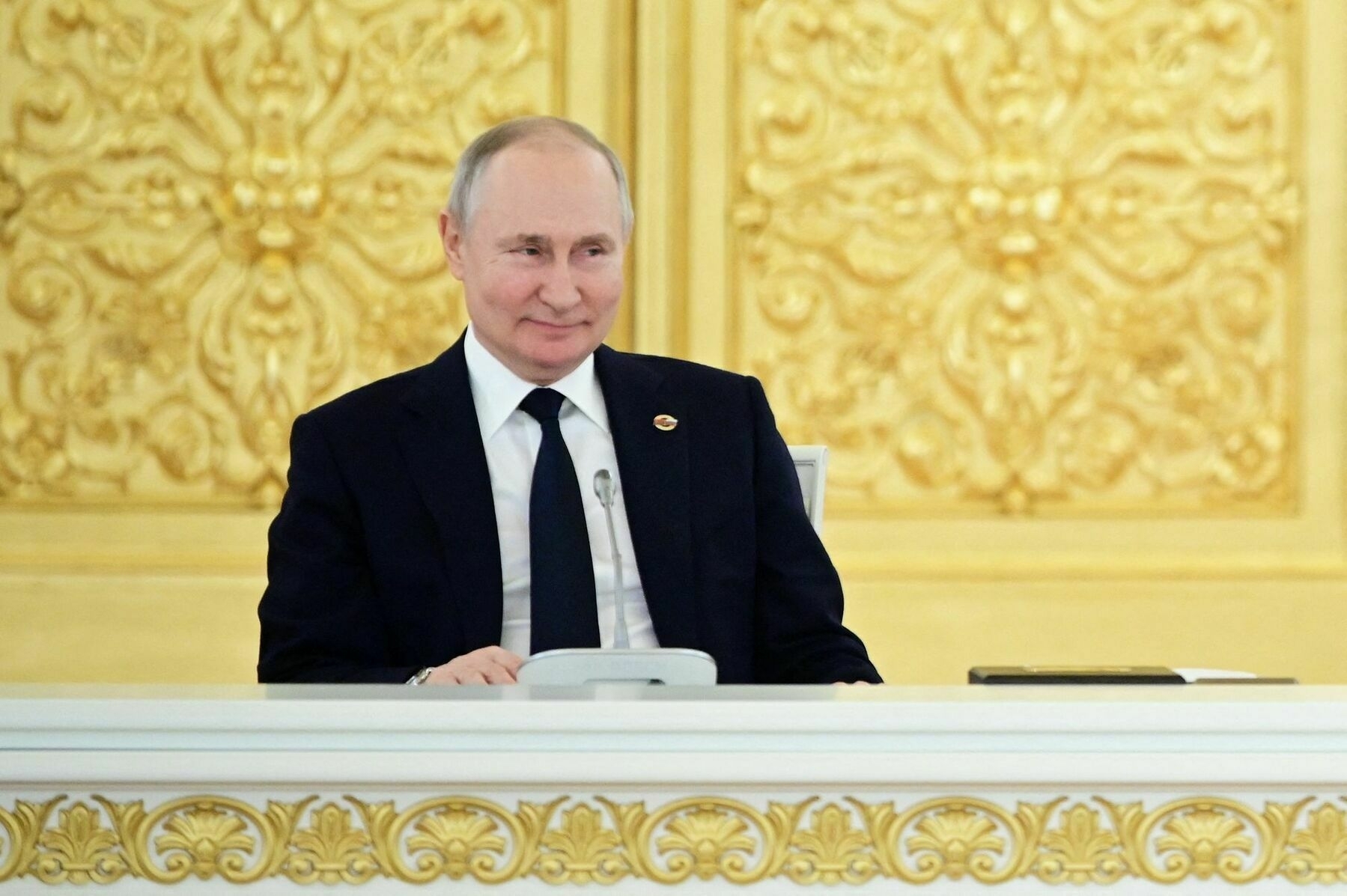
-
Ukrainian opera tenor and volunteer killed in Sumy Oblast
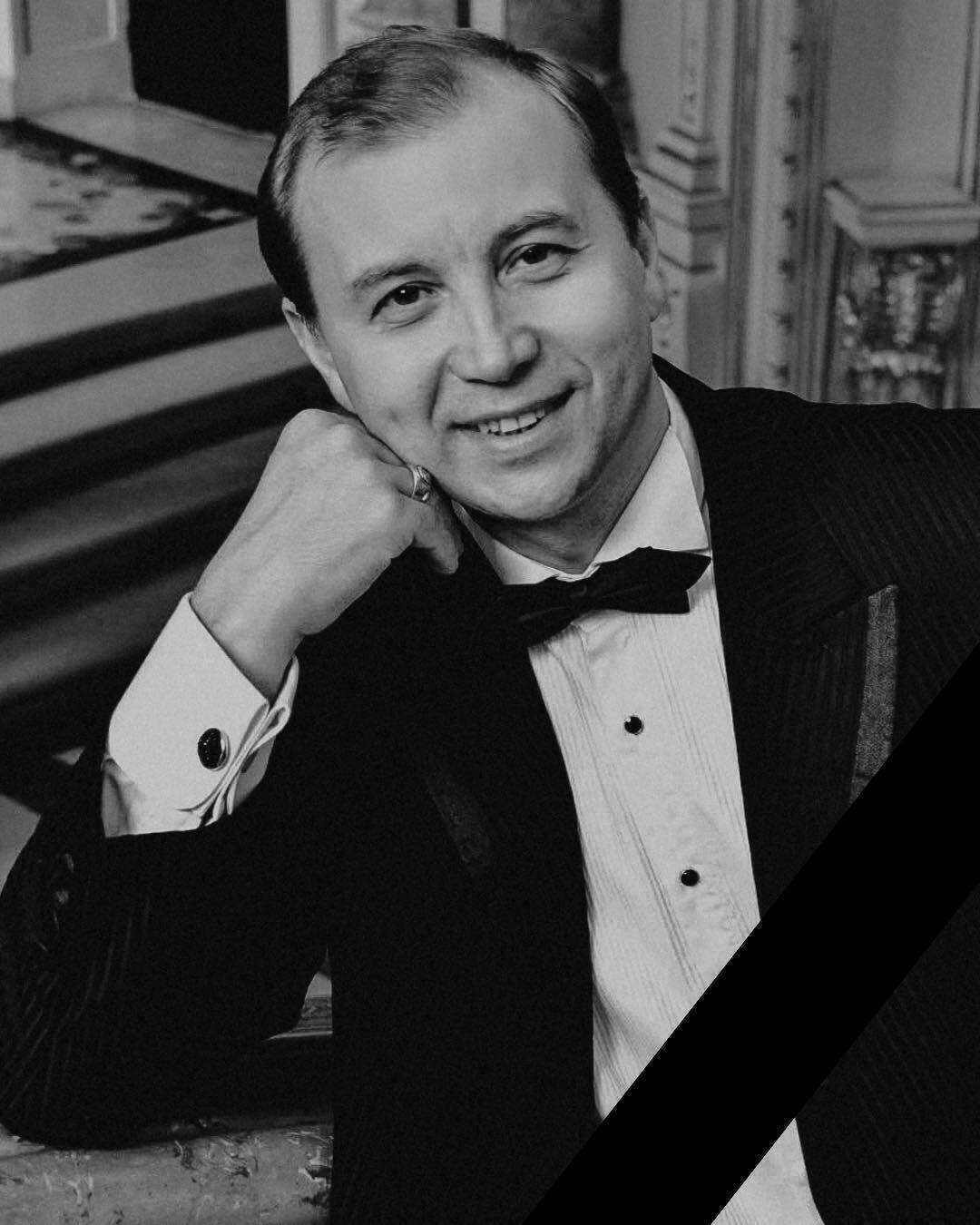
Vladyslav Horai, a renowned tenor and soloist of the Odesa National Opera, was killed in Ukraine’s northeastern Sumy Oblast while on a volunteer mission, the opera house reported on June 8.
“A tragic loss has shaken the entire Ukrainian arts community,” the Odesa National Opera wrote in a Facebook post. “Today, June 8, while carrying out his volunteer mission in the Sumy region, the soloist of the Odesa National Opera, a world-class tenor, volunteer, father, a man of great heart, and Honored Artist of Ukraine — Vladyslav Horai — was killed."
Horai was widely known both in Ukraine and internationally for his voice and stage presence, according to his colleagues. “Vladyslav was not just a talent of the stage — he was an example of strength, dignity, and kindness in life,” the opera house said.
Horai had been a member of the opera troupe at the Odesa National Academic Theater of Opera and Ballet since 1993. He was a laureate of the National Chamber Music Competition in Khmelnytskyi and the International Antonín Dvořák Vocal Competition in Karlovy Vary, Czechia, and was awarded the title of Honored Artist of Ukraine in 2013.
“Even in the darkest of times, he never stood aside — he helped, volunteered, supported. The Odesa National Opera is in mourning. The stage on which he lived will sound different without him."
These Ukrainian artists, writers were killed by Russia’s war“My worst fear is coming true: I’m inside a new Executed Renaissance. As in the 1930s, Ukrainian artists are killed, their manuscripts disappear, and their memory is erased,” Ukrainian writer Viktoriia Amelina penned in the foreword to the published diary of another author, Volodymyr Vakulenko, murdered during the Russian occupationThe Kyiv IndependentDinara Khalilova
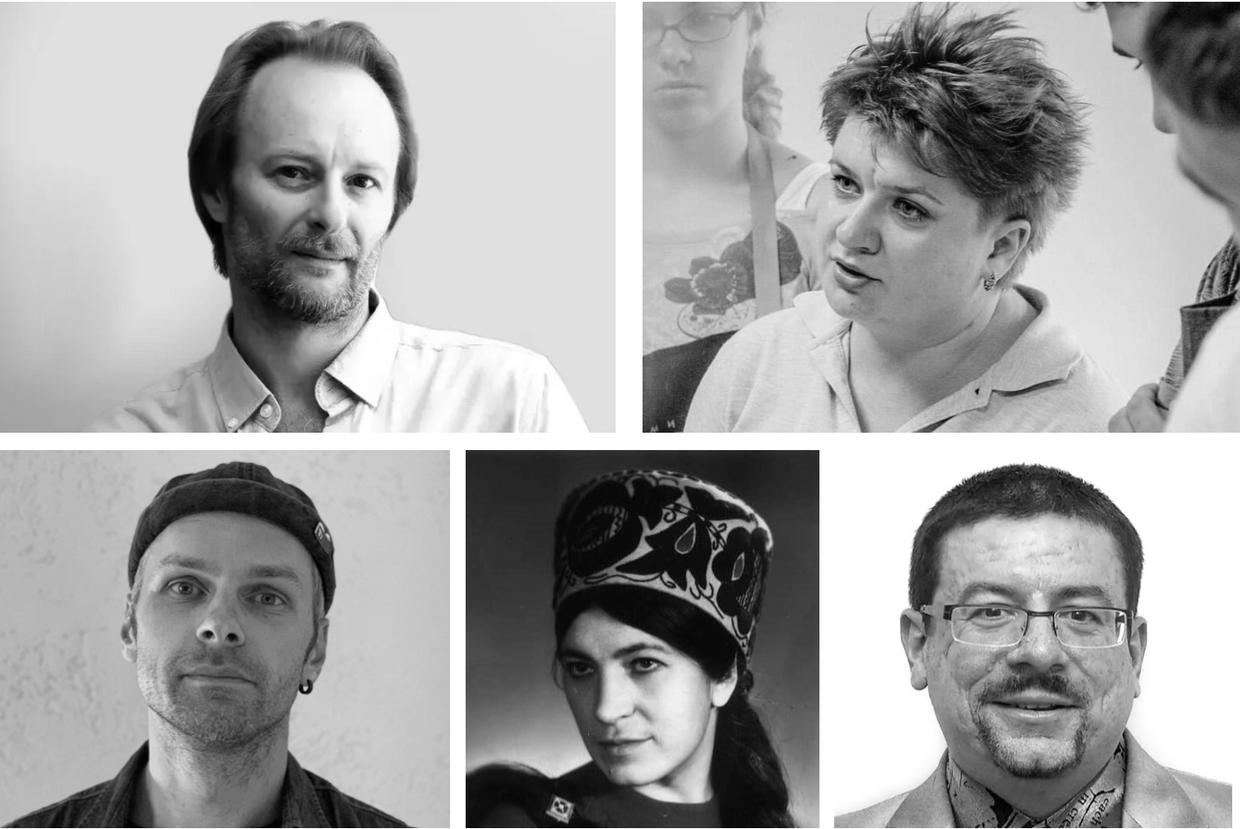
-
Renault to begin drone production in Ukraine, media reports

French automaker Renault will begin manufacturing drones in Ukraine, France Info reported, marking a significant collaboration between the automotive and defense sectors. Renault will partner with a small French defense company to equip production lines on Ukrainian territory, with the drones expected to serve both Ukrainian and French military forces.
While the French Defense Ministry declined to comment on Renault specifically, Defense Minister Sébastien Lecornu confirmed on June 6 that a major French car manufacturer would join forces with a defense SME to launch drone production in Ukraine. Speaking to Le Monde, Lecornu did not name the automaker, but praised the project as an “unprecedented partnership.”
The production will take place away from front-line areas, although the exact locations were not disclosed. Lecornu emphasized that the assembly would be handled by Ukrainians, citing their strong expertise in drone development and combat deployment strategies.
Lecornu also said there is “no need” to send French citizens to work on the production line, since it will be set up in Ukraine, where Ukrainians “are better than us at designing drones and especially at developing the strategies that accompany them.”
This move underscores France’s growing support for Ukraine’s defense industry and comes as Ukraine continues to expand its own drone manufacturing capabilities.
Presidential advisor Oleksandr Kamyshin recently said that Ukrainian producers have the capacity to make over 5 million FPV drones annually.
Drone warfare has become a central component of the ongoing war, with both Ukraine and Russia increasingly relying on unmanned systems for reconnaissance and strikes. Recent long-range Ukrainian drone attacks, including hits on airfields deep inside Russian territory, have demonstrated the strategic value of such technology.
-
An attempt to break the spirit of Ukrainians: why Russia attacks with hundreds of shaheds #shorts